All reports
Spinal muscular atrophy
·
Jan 30, 2025
Understanding spinal muscular atrophy: a guide for patients
Causes, symptoms, types, treatment options, and support resources
Reports are in beta and continually improving. They are not a substitute for professional medical advice. Please contact us to give feedback.
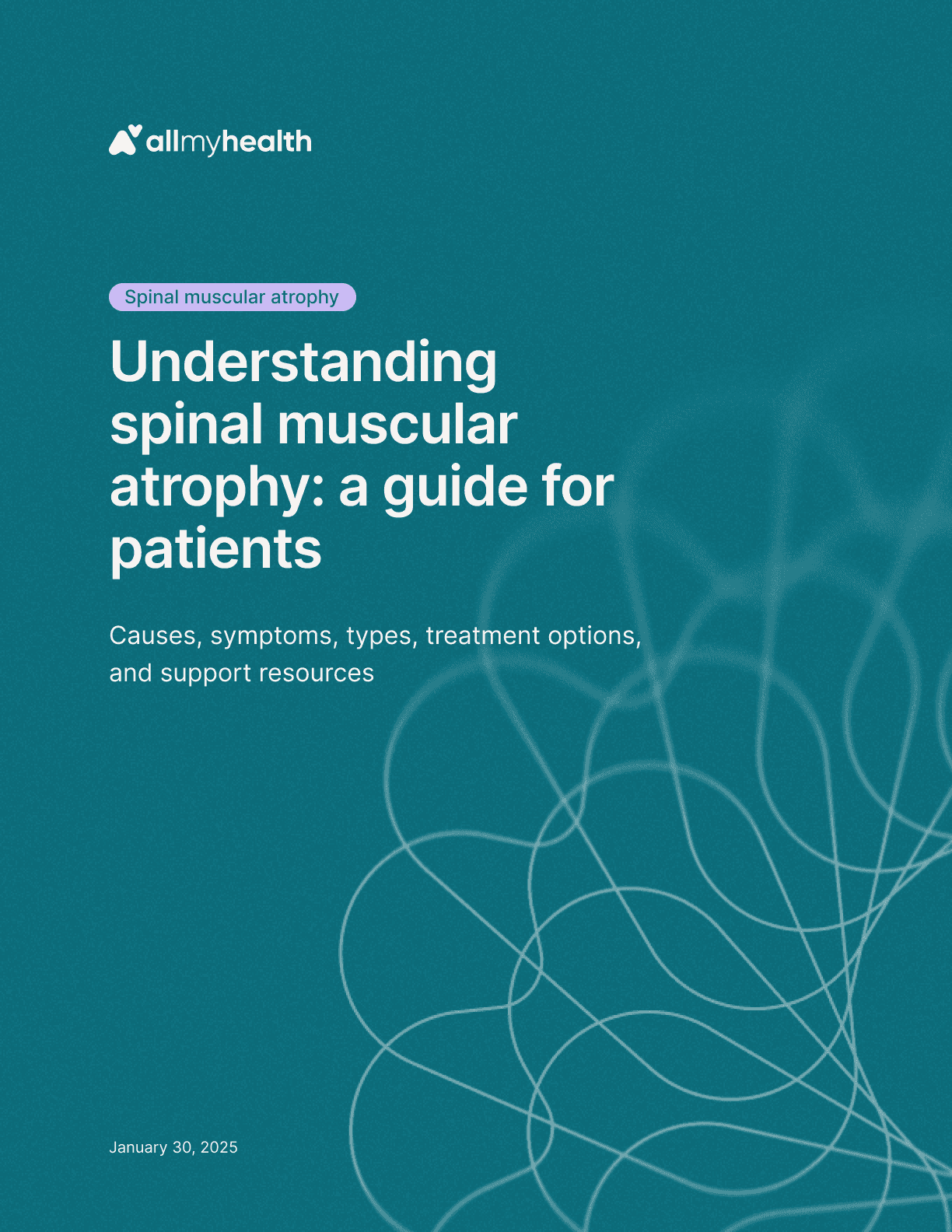
Stay informed
This report was published in our weekly newsletter and on our community page. Follow to stay up to date with the latest news and research relevant to your condition.
Listen to the audio version
Introduction
Spinal muscular atrophy (SMA) is a rare genetic condition that affects the nerves that control muscle movement (motor neurons) [1]. This can cause muscle weakness and make it difficult to do things like walk, eat, and breathe. Please know that there is hope, and there are resources available to help you and your family. It's important to remember that SMA does not affect a person's intelligence or cognitive abilities [1].
This guide aims to break down the medical terms associated with SMA into simple, easy-to-understand language. We will also discuss the different types of SMA, their symptoms, causes, diagnosis, and treatment options.
Medical Terms to Understand with SMA
Navigating the world of SMA can involve encountering various medical terms that may seem unfamiliar. Here's a breakdown of some common terms you might come across:
Ambulatory: Able to walk independently.
Anesthesia: Medication that causes loss of feeling or awareness during medical procedures.
Aspiration: When food or liquid enters the airway or lungs instead of the esophagus (food pipe).
Atrophy: The wasting away or decrease in size of a body part, such as a muscle.
Autosomal recessive: A pattern of inheritance where a child needs to inherit two copies of a mutated gene (one from each parent) to develop the condition.
Biopsy: A medical procedure that involves removing a small tissue sample for examination under a microscope.
Bradycardia: A slower than normal heart rate.
Carrier: A person who has one copy of a mutated gene but does not have the condition. They can pass the mutated gene on to their children.
Contractures: Chronic shortening of muscles or tendons around a joint, which can restrict movement.
Dysphagia: Difficulty swallowing.
Electromyography (EMG): A test that measures the electrical activity of muscles.
Gene therapy: A treatment that involves replacing a faulty gene with a healthy copy.
Genetic counseling: A process that provides information and support to individuals and families who have or are at risk for genetic disorders.
Hypotonia: Decreased muscle tone, which can make muscles feel floppy.
Motor neurons: Nerve cells that transmit signals from the brain to the muscles, telling them to move.
Mutation: A change in a gene.
Non-invasive ventilation (NIV): A method of assisting breathing that does not involve inserting a tube into the airway.
Orthopedic: Relating to the bones, joints, and muscles.
Physical therapy: Treatment that helps maintain muscle strength, flexibility, and range of motion.
Pulmonary: Relating to the lungs.
Scoliosis: Curvature of the spine.
Spinal tap (lumbar puncture): A medical procedure that involves inserting a needle into the lower back to collect cerebrospinal fluid (the fluid that surrounds the brain and spinal cord).
Tracheostomy: A surgical procedure to create an opening in the windpipe (trachea) to assist with breathing.
What are Motor Neurons?
Motor neurons are specialized nerve cells that transmit signals from your brain to your muscles, telling them to move. They are like messengers that carry instructions from your brain to different parts of your body. In SMA, these motor neurons don't work properly, which leads to muscle weakness [1].
Types of SMA
SMA is classified into different types based on the age when symptoms begin and how severe those symptoms are [3]. Generally, the earlier symptoms appear, the more severe the condition will be. However, it's important to remember that SMA is a spectrum disorder, and individuals may experience a wide range of symptoms within each type [4]. The types of SMA include:
SMA Type 1 (Werdnig-Hoffmann disease): This is the most severe form of SMA, with symptoms typically appearing within the first six months of life. Historically, children with SMA Type 1 faced significant respiratory and feeding challenges, with many not surviving beyond age 2 without intervention [2]. However, with advancements in gene therapies, disease-modifying drugs, and supportive care, many children with SMA Type 1 are now achieving developmental milestones, experiencing improved motor function, and living longer [1]. Early diagnosis and treatment are crucial for optimizing outcomes.
SMA Type 2: Symptoms usually begin between 6 and 18 months of age, and while children with SMA Type 2 may not achieve the ability to walk independently, they often can sit unsupported. With appropriate medical and supportive care, including physical therapy and respiratory management, many individuals with SMA Type 2 live into adolescence or adulthood, and their quality of life continues to improve with the availability of new treatments [4].
SMA Type 3 (Kugelberg-Welander disease): This milder form of SMA typically presents after 18 months of age. Individuals with SMA Type 3 may initially achieve independent walking but may experience difficulty with activities like climbing stairs or rising from a seated position. While progressive muscle weakness can occur, most individuals with SMA Type 3 have a normal life expectancy. Ongoing physical therapy, occupational therapy, and assistive devices can support mobility and daily activities [2].
SMA Type 4 (Adult-onset SMA): This is the least severe form of SMA, with symptoms typically appearing after age 18. People with SMA Type 4 often experience mild to moderate muscle weakness, primarily in the legs, but their life expectancy remains unaffected [4]. Many individuals with this type of SMA can lead independent lives with minimal medical intervention.
Symptoms of SMA
The main symptom of SMA is muscle weakness, which can affect different parts of the body [6]. Symptoms can vary greatly depending on the type of SMA and the individual [2]. Some common symptoms include:
Muscle weakness and decreased muscle tone: This means the muscles are weak and may feel floppy [2].
Limited mobility: This can range from difficulty with fine motor skills (like holding objects) to being unable to walk or sit independently [2].
Breathing problems: Weakness in the muscles used for breathing can make it difficult to take deep breaths or cough effectively [6].
Problems eating and swallowing: Weakness in the throat and mouth muscles can make it difficult to eat and swallow safely [2].
Delayed gross motor skills: Children with SMA may reach developmental milestones like rolling over, sitting up, and walking later than other children [2].
Spontaneous tongue movements: The tongue may move in and out or side to side in a repetitive, uncontrolled way [2].
Scoliosis (curvature of the spine): Weakness in the back muscles can cause the spine to curve [2].
It's important to note that while SMA affects the muscles that control movement, it does not affect the muscles in the heart, blood vessels, and digestive tract [1].
Genetic Causes of SMA
SMA is caused by a mutation (a change) in a gene called the survival motor neuron gene 1 (SMN1) [3]. This gene provides instructions for making a protein called SMN, which is essential for the survival of motor neurons [7]. When the SMN1 gene is mutated, it doesn't produce enough SMN protein, and motor neurons start to die [3].
SMA is usually inherited in an autosomal recessive pattern [1]. This means that a child needs to inherit two copies of the mutated SMN1 gene (one from each parent) to develop SMA [3]. If both parents carry a mutated copy of the SMN1 gene, there is a 25% chance that their child will inherit two copies of the mutated gene and develop SMA [1]. People who have only one copy of the mutated gene are called carriers. They don't have SMA, but they can pass the mutated gene on to their children [3]. While rare, SMA can also arise sporadically in an affected individual without inheriting two mutated genes [3].
There is another gene called SMN2 that also produces some SMN protein [2]. The number of copies of the SMN2 gene a person has can influence the severity of SMA [2]. People with more copies of SMN2 tend to have milder forms of SMA [7].
Diagnosing SMA
Diagnosing SMA typically involves a combination of approaches to ensure an accurate diagnosis. These approaches include:
Physical examination and medical history: The doctor will assess the child's muscle strength, reflexes, and overall development. They will also ask about the family history of SMA [3].
Genetic testing: This is a blood test that looks for mutations in the SMN1 gene [1]. It is the most accurate way to diagnose SMA [2].
If the results of the physical examination and medical history suggest SMA, or if genetic testing confirms a diagnosis of SMA, the doctor may recommend additional tests to evaluate the extent of the condition and rule out other possible causes of muscle weakness. These tests may include:
Electromyography (EMG): This test measures the electrical activity of muscles. Small needles are inserted into the muscles to record the electrical signals. This can help determine if the muscle weakness is due to a problem with the nerves or the muscles themselves [1].
Muscle biopsy: In some cases, a small sample of muscle tissue may be taken for examination under a microscope. This can help identify specific abnormalities in the muscle fibers that may be associated with SMA or other muscle diseases [1].
Treatment Options for SMA
For many years, the cause of SMA remained a mystery. However, thanks to dedicated researchers and advancements in genetic technology, scientists were able to identify the SMN1 gene as the primary cause of SMA [8]. This breakthrough paved the way for a deeper understanding of the disease and the development of targeted treatments.
Further research led to the discovery of the SMN2 gene, a "backup" gene that can also produce SMN protein, although in smaller amounts [8]. This discovery provided another avenue for developing therapies that could increase SMN protein production and improve the lives of people with SMA.
While there is no cure for SMA, there are now several treatments that can help manage the symptoms, improve motor function, and increase life expectancy [2]. These include:
Gene therapy (Zolgensma): This is a one-time treatment that involves replacing the faulty SMN1 gene with a healthy copy [2]. It is approved for infants with SMA Type 1 [2].
Nusinersen (Spinraza): This medication is given through a spinal tap and works by increasing the production of SMN protein from the SMN2 gene [2]. It is approved for infants, children, and adults with SMA [2].
Risdiplam (Evrysdi): This is an oral medication that also works by increasing SMN protein production [2]. It is approved for infants and children with SMA [2].
In addition to these disease-modifying therapies, supportive care is essential for people with SMA. This may include:
Physical therapy: To help maintain muscle strength, flexibility, and range of motion. Physical therapy can also help prevent joint contractures (chronic shortening of muscles or tendons) [3].
Occupational therapy: To help with daily activities and adapt to physical limitations. Occupational therapists can provide assistive devices and strategies to help individuals with SMA perform tasks such as eating, dressing, and bathing [3].
Rehabilitation: To help improve posture, prevent joint immobility, and slow muscle weakness and atrophy. Stretching and strengthening exercises may help reduce joint contractures, increase range of motion, and improve circulation [3].
Respiratory support: To help with breathing difficulties. This may include non-invasive ventilation (using a mask or machine to help with breathing) or, in more severe cases, tracheostomy (a surgical procedure to create an opening in the windpipe to assist with breathing) [4].
Nutritional support: To ensure adequate nutrition and prevent swallowing problems. This may involve working with a dietitian to develop a balanced diet and, if necessary, using feeding tubes to provide nutrition [4].
Orthopedic care: To manage scoliosis and other skeletal problems. This may involve bracing, surgery, or other interventions to help maintain proper alignment of the spine and prevent complications [5].
Prognosis and Outlook
The prognosis for individuals with spinal muscular atrophy (SMA) varies widely depending on the type of SMA, the age of onset, and the availability of treatment. Recent advances in medical therapies have significantly improved the outlook for many people living with SMA, offering new possibilities for managing the disease and improving quality of life [1].
While SMA primarily affects motor functions, it is important to note that intelligence and cognitive abilities are unaffected by the condition [1]. With the right combination of medical treatment, assistive technologies, and a strong support system, many individuals with SMA are able to lead fulfilling and meaningful lives. If you or your loved one has SMA, remember that ongoing advances in research are continually improving treatment options, offering hope for the future.
Living with SMA: Support and Resources
Living with SMA can present unique challenges for individuals and their families. It's important to seek support and connect with others who understand what you're going through. SMA can have a significant social and economic impact on individuals and families, affecting their quality of life and access to resources [9]. It's crucial to have a support system in place to help navigate these challenges. Here are some resources that can help:
Support Groups
Cure SMA: This organization provides support, resources, and research funding for the SMA community [10].
Muscular Dystrophy Association (MDA): MDA offers support, information, and resources for people with neuromuscular diseases, including SMA [10].
SMA Foundation: This foundation funds research and provides resources for the SMA community [11].
Families of SMA: This organization offers support and information to families affected by SMA [12].
Online Resources
Together in SMA: This website provides information and support for people with SMA and their families [11].
SMA Europe: This organization provides information and support for people with SMA in Europe [13].
TREAT-NMD: This network provides resources and support for people with neuromuscular disorders [13].
Global Resources
SMA affects people all over the world. Many organizations provide support and resources in different languages and cultural contexts [9]. Some examples include:
SMA Foundation: Offers resources in multiple languages, including Arabic, Chinese, French, German, Hindi, Polish, Portuguese, Romanian, Russian, Spanish, Turkish, and Vietnamese [14].
TREAT-NMD: Provides care guides in Croatian, English, Finnish, French, German, Macedonian, Romanian, Serbian, Spanish, and Ukrainian [15].
SMA Newborn Screening Alliance: Offers resources in English, Brazilian Portuguese, Spanish, and Romanian [16].
Conclusion
SMA is a challenging condition, but with advancements in treatment and supportive care, people with SMA are living longer and more fulfilling lives. By understanding the medical terms associated with SMA, you can be a more informed advocate for yourself or your loved one. Remember that you are not alone, and there are resources available to help you navigate this journey. Don't hesitate to reach out to healthcare professionals, support organizations, and other families affected by SMA to find the information and support you need.
References
Spinal Muscular Atrophy (SMA) | Johns Hopkins Medicine. https://www.hopkinsmedicine.org/health/conditions-and-diseases/spinal-muscular-atrophy-sma
Spinal Muscular Atrophy (SMA) | Boston Children's Hospital. https://www.childrenshospital.org/conditions/spinal-muscular-atrophy-sma
Spinal Muscular Atrophy | National Institute of Neurological Disorders and Stroke. https://www.ninds.nih.gov/health-information/disorders/spinal-muscular-atrophy
Spinal Muscular Atrophy | SMA | MedlinePlus. https://medlineplus.gov/spinalmuscularatrophy.html
Spinal Muscular Atrophy (SMA) (for Parents) | Nemours KidsHealth. https://kidshealth.org/en/parents/sma.html
Spinal muscular atrophy (SMA) - Better Health Channel. https://www.betterhealth.vic.gov.au/health/conditionsandtreatments/spinal-muscular-atrophy-sma
Research - Spinal Muscular Atrophy (SMA) - Diseases | Muscular Dystrophy Association. https://www.mda.org/disease/spinal-muscular-atrophy/research
Basic Research for Spinal Muscular Atrophy (SMA). https://www.curesma.org/basic-research/
The socioeconomic burden of spinal muscular atrophy in Saudi Arabia: a cross-sectional pilot study - Frontiers. https://www.frontiersin.org/journals/public-health/articles/10.3389/fpubh.2024.1303475/full
The SMA Community | ZOLGENSMA® (onasemnogene abeparvovec-xioi). https://www.zolgensma.com/connecting-with-the-sma-community
SMA Awareness | SMA Support Groups - Together in SMA. https://www.togetherinsma.com/en_us/home/living-with-sma/community.html
Spinal Muscular Atrophy Support Groups and Organizations for People with Disabilities, their Families, and Caregivers. https://www.new-horizons.org/cmtsma.html
SMA COMMUNITY RESOURCES - Together in SMA with Biogen. https://care.togetherinsma.eu/en/home/sma-community-resources/sma-community-resources.html
Care Series Booklets for Spinal Muscular Atrophy (SMA). https://www.curesma.org/care-series-booklets/
SMA Care - TREAT-NMD. https://www.treat-nmd.org/resources-and-support/care-guides/sma-care/
Resources & Tools - NBS Alliance. https://www.sma-screening-alliance.org/resources

Gaucher disease
·
Inclusion of Gaucher disease in newborn screening panels across the U.S.
Apr 9, 2025

Hemophilia
·
Qfitlia: A breakthrough in hemophilia treatment
Apr 3, 2025

Multiple myeloma
·
Navigating clinical trials in multiple myeloma
Apr 2, 2025

Gene and cell therapy
·
An introduction to cell therapy
Mar 25, 2025

Gene and cell therapy
·
An introduction to gene therapy
Mar 19, 2025
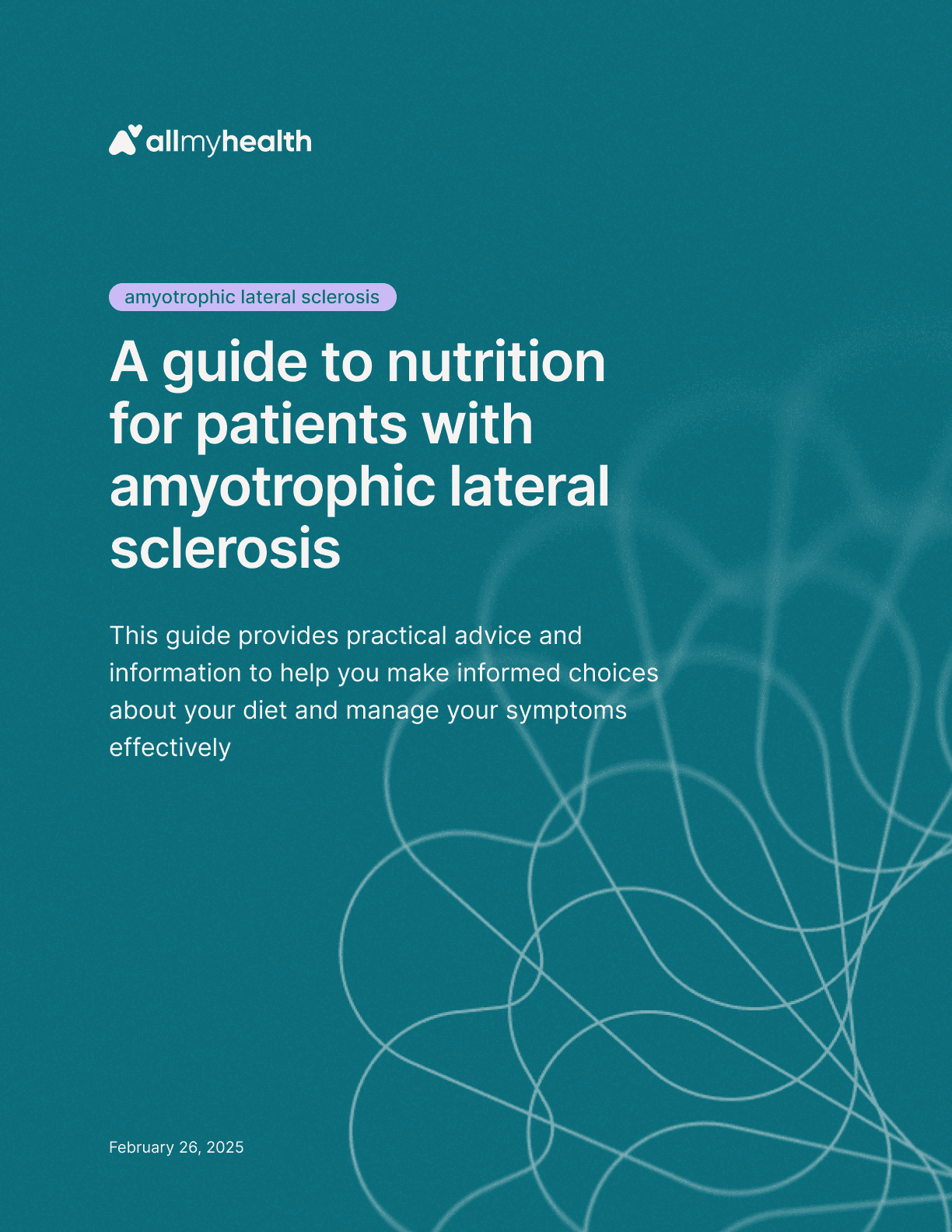
Amyotrophic lateral sclerosis
·
A guide to nutrition for patients with amyotrophic lateral sclerosis
Feb 26, 2025
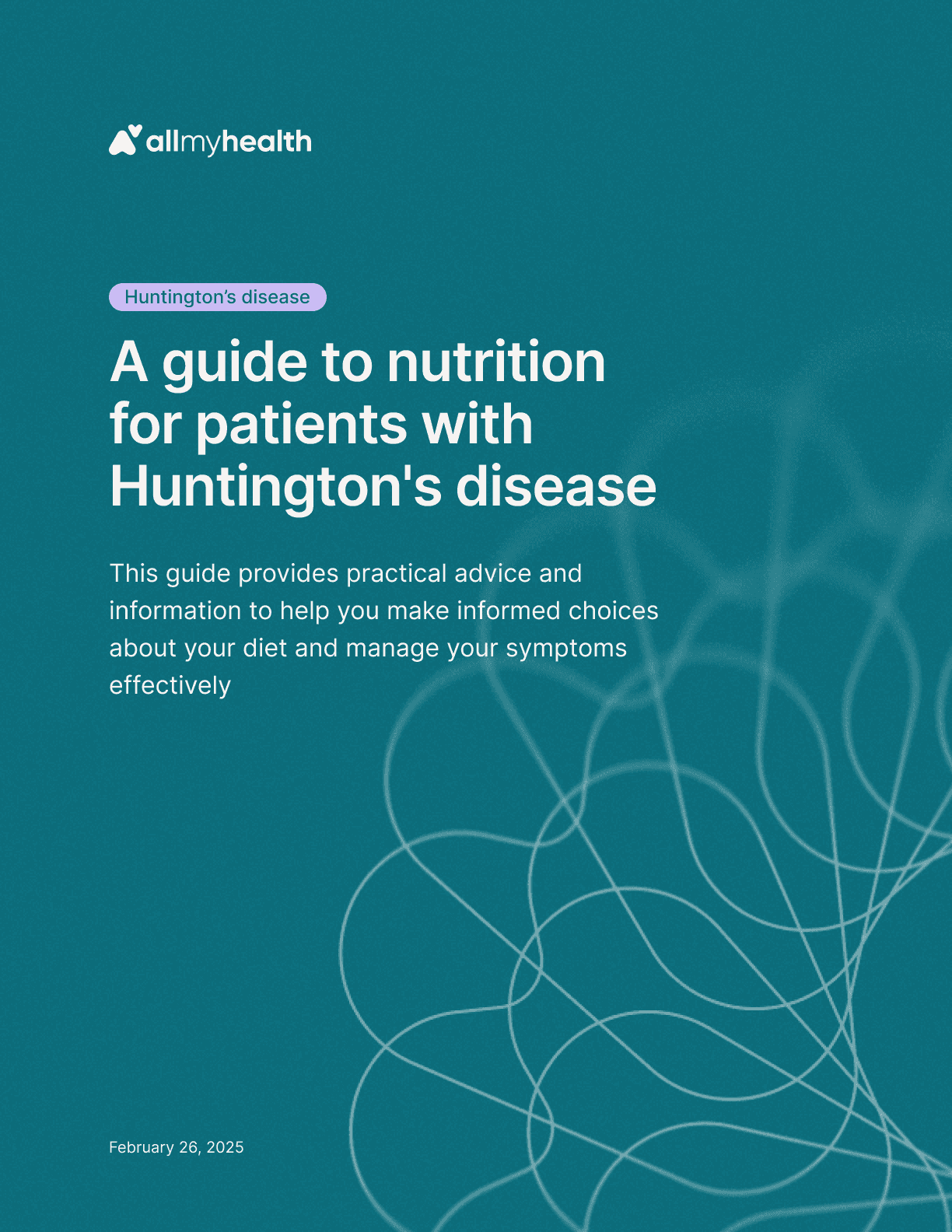
Huntington's disease
·
A guide to nutrition for patients with Huntington's disease
Feb 26, 2025

Spinal muscular atrophy
·
A guide to nutrition for patients with spinal muscular atrophy
Feb 26, 2025
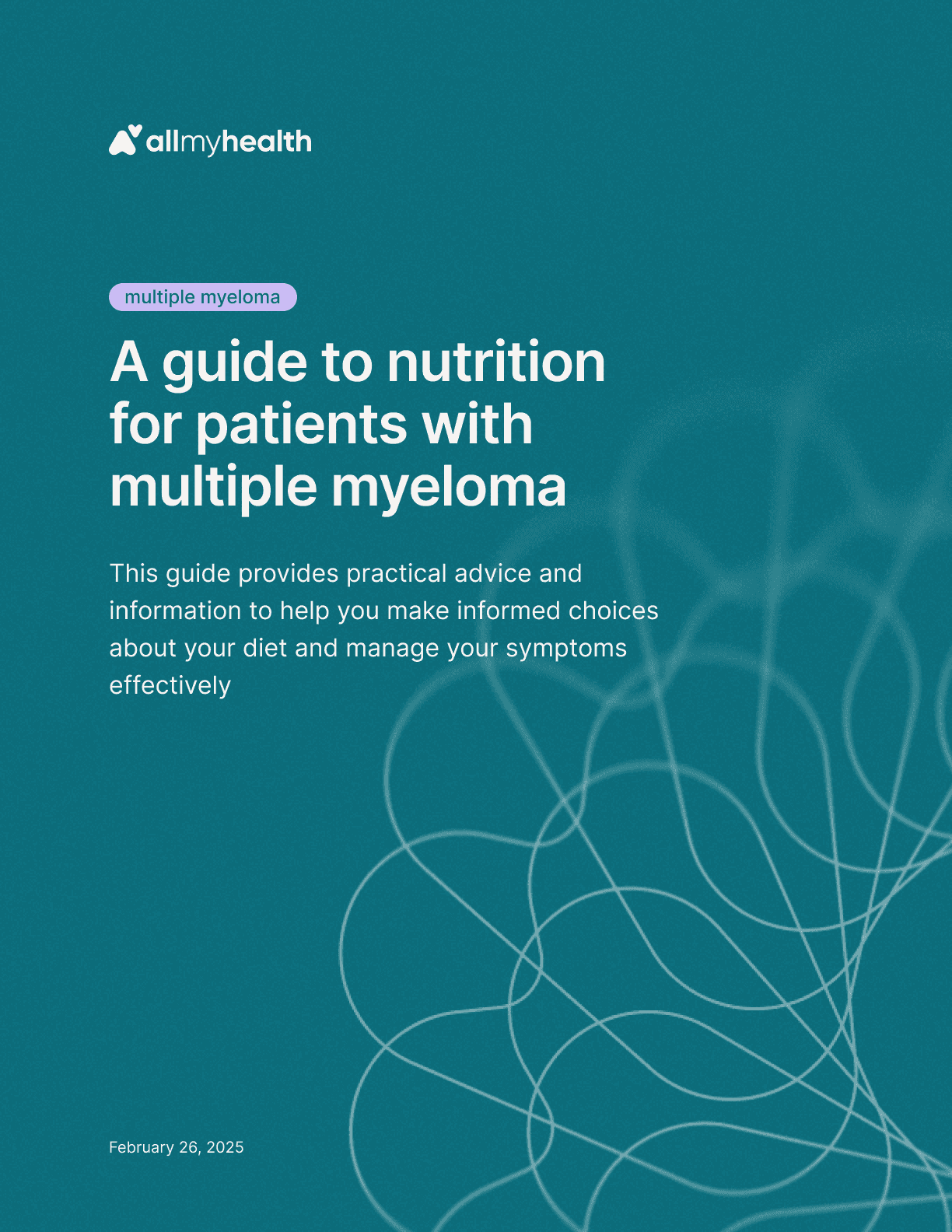
Multiple myeloma
·
A guide to nutrition for patients with multiple myeloma
Feb 26, 2025
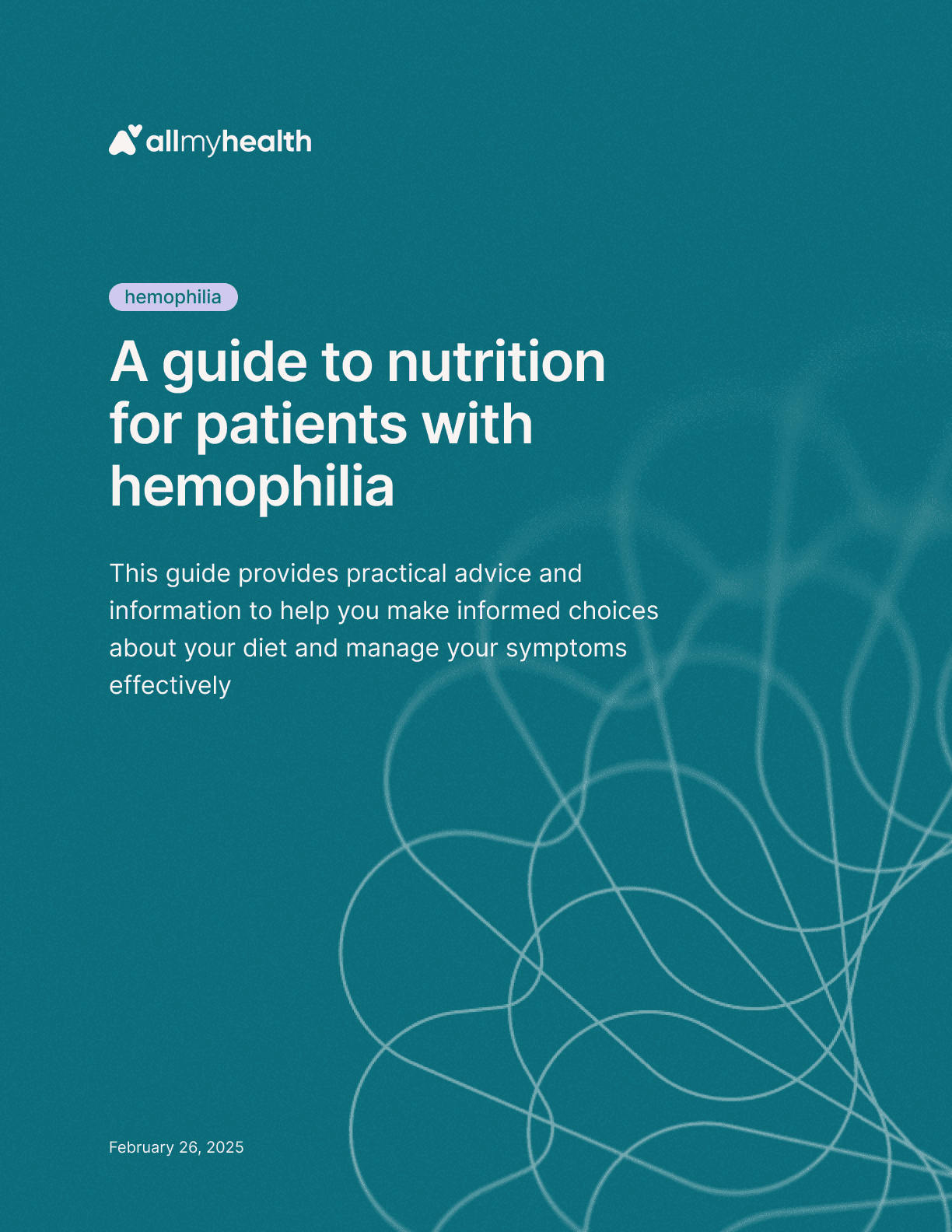
Hemophilia
·
A guide to nutrition for patients with hemophilia
Feb 26, 2025
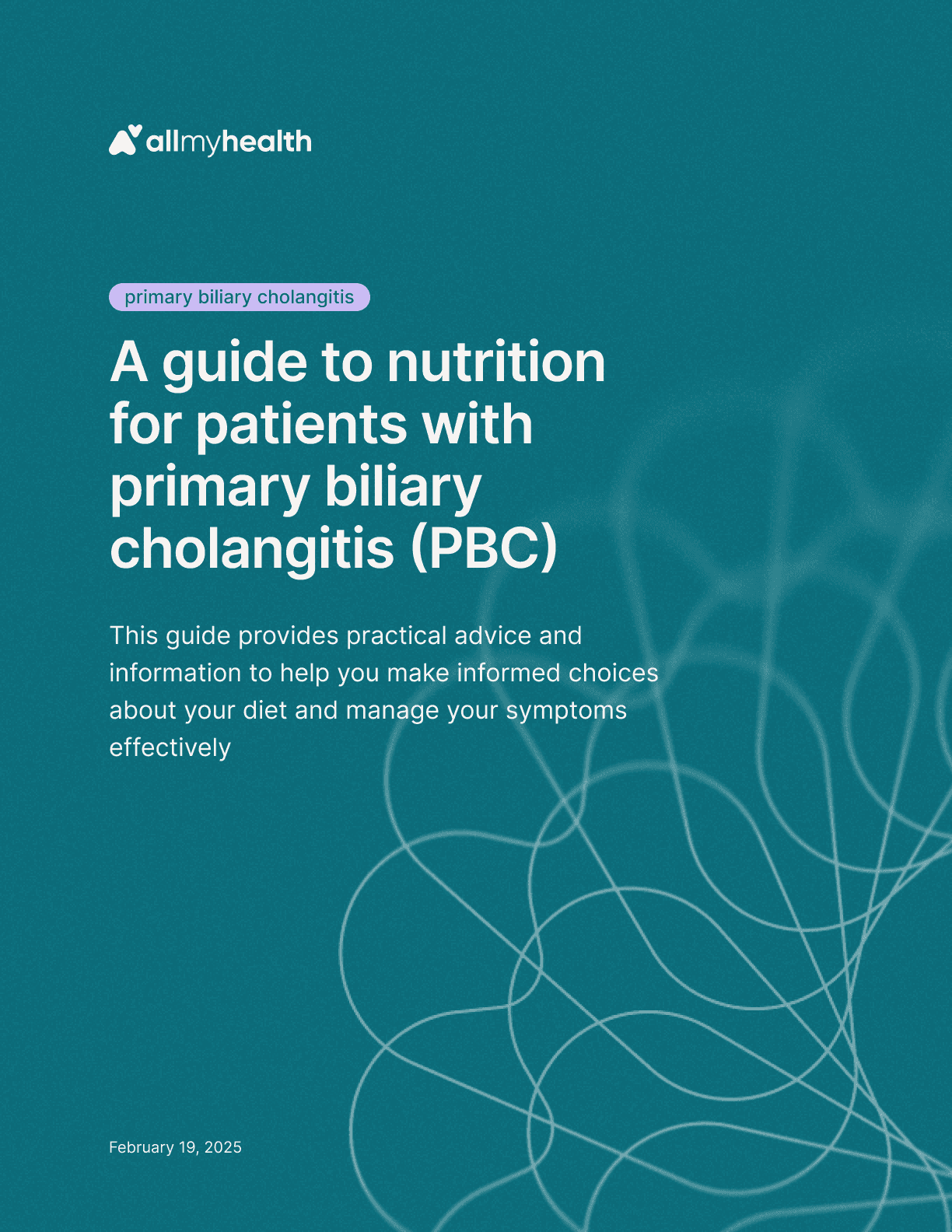
Primary biliary cholangitis
·
A guide to nutrition for patients with primary biliary cholangitis (PBC)
Feb 19, 2025
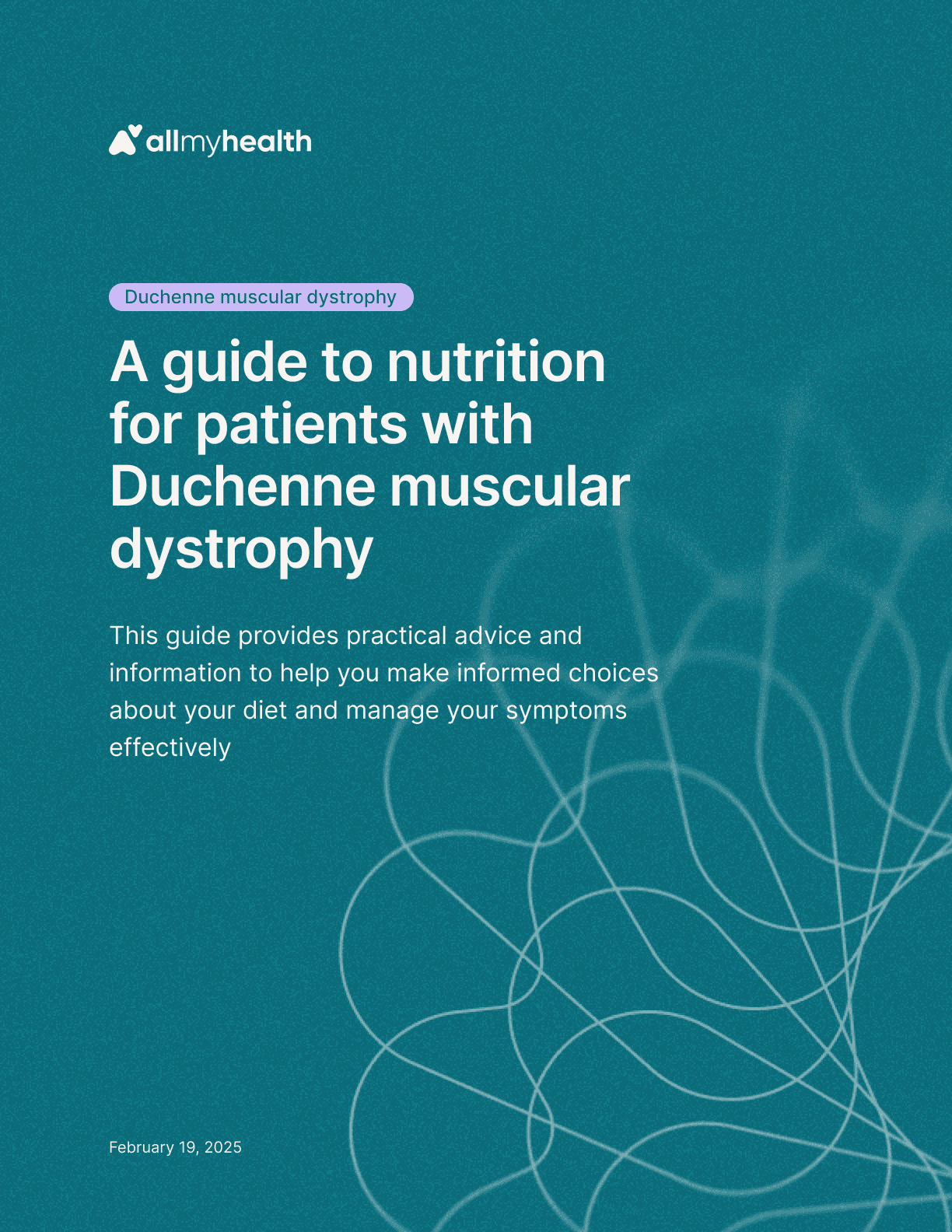
Duchenne muscular dystrophy
·
A guide to nutrition for patients with Duchenne muscular dystrophy
Feb 19, 2025
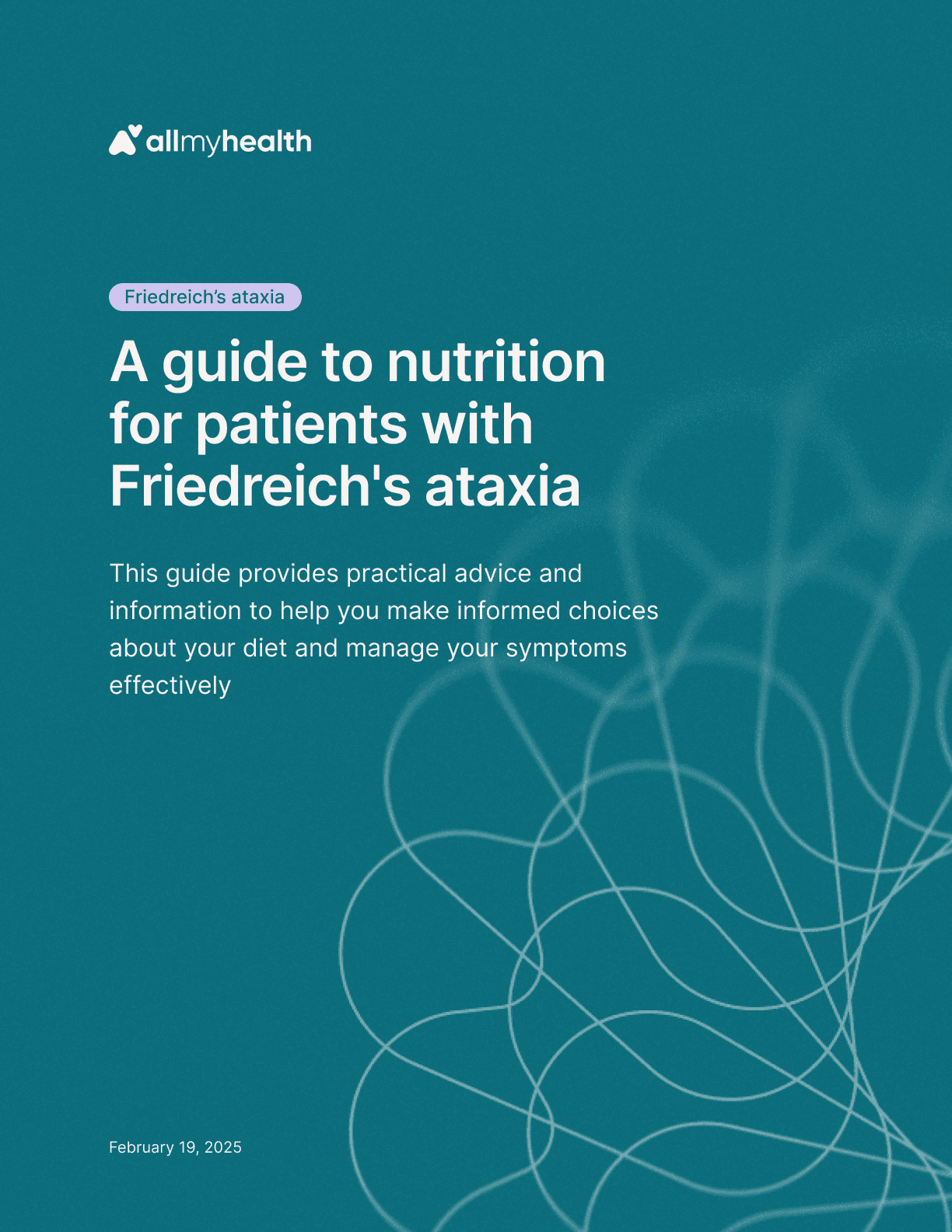
Friedreich's ataxia
·
A guide to nutrition for patients with Friedreich's ataxia
Feb 19, 2025
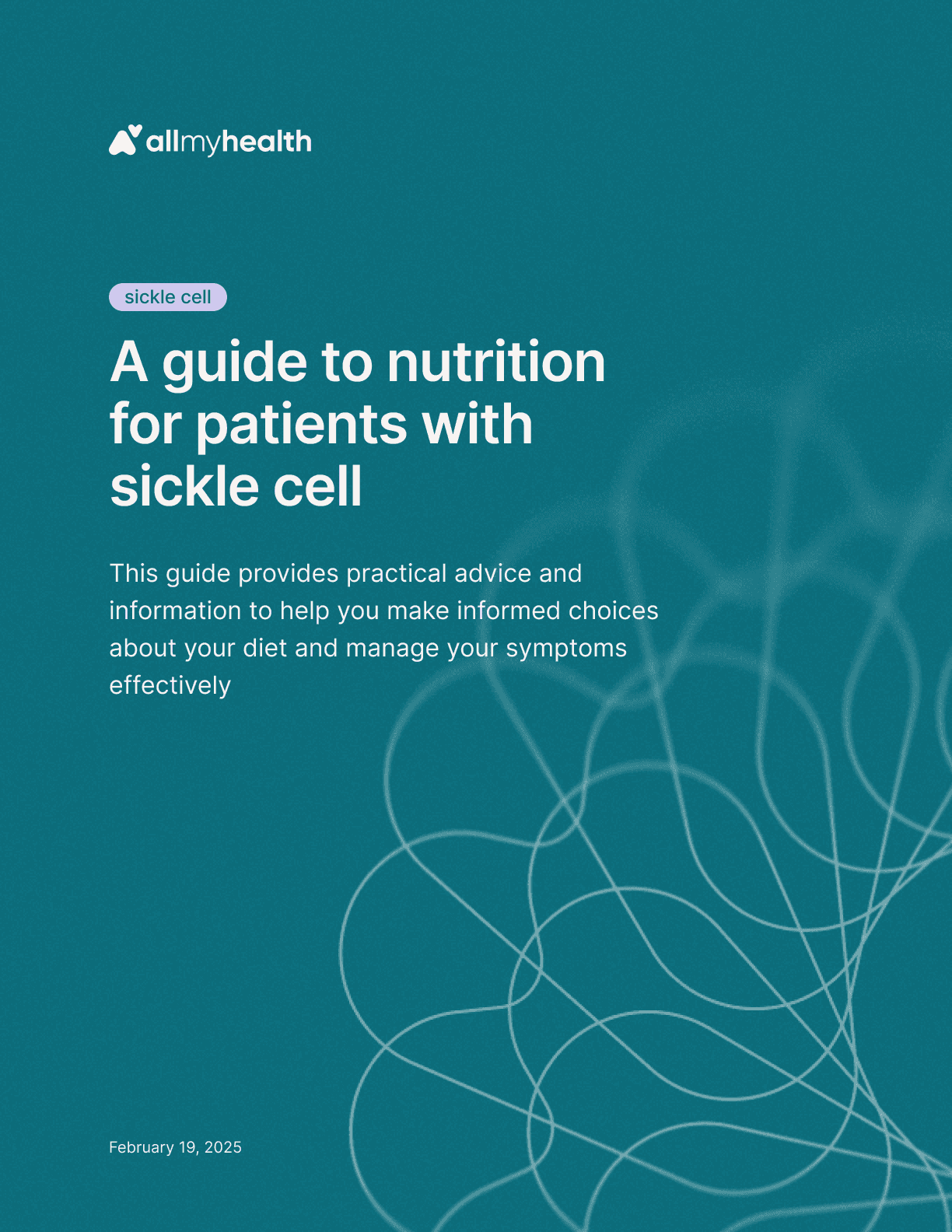
Sickle cell
·
A guide to nutrition for patients with sickle cell
Feb 19, 2025

Mantle cell lymphoma
·
A guide to nutrition for patients with mantle cell lymphoma
Feb 19, 2025
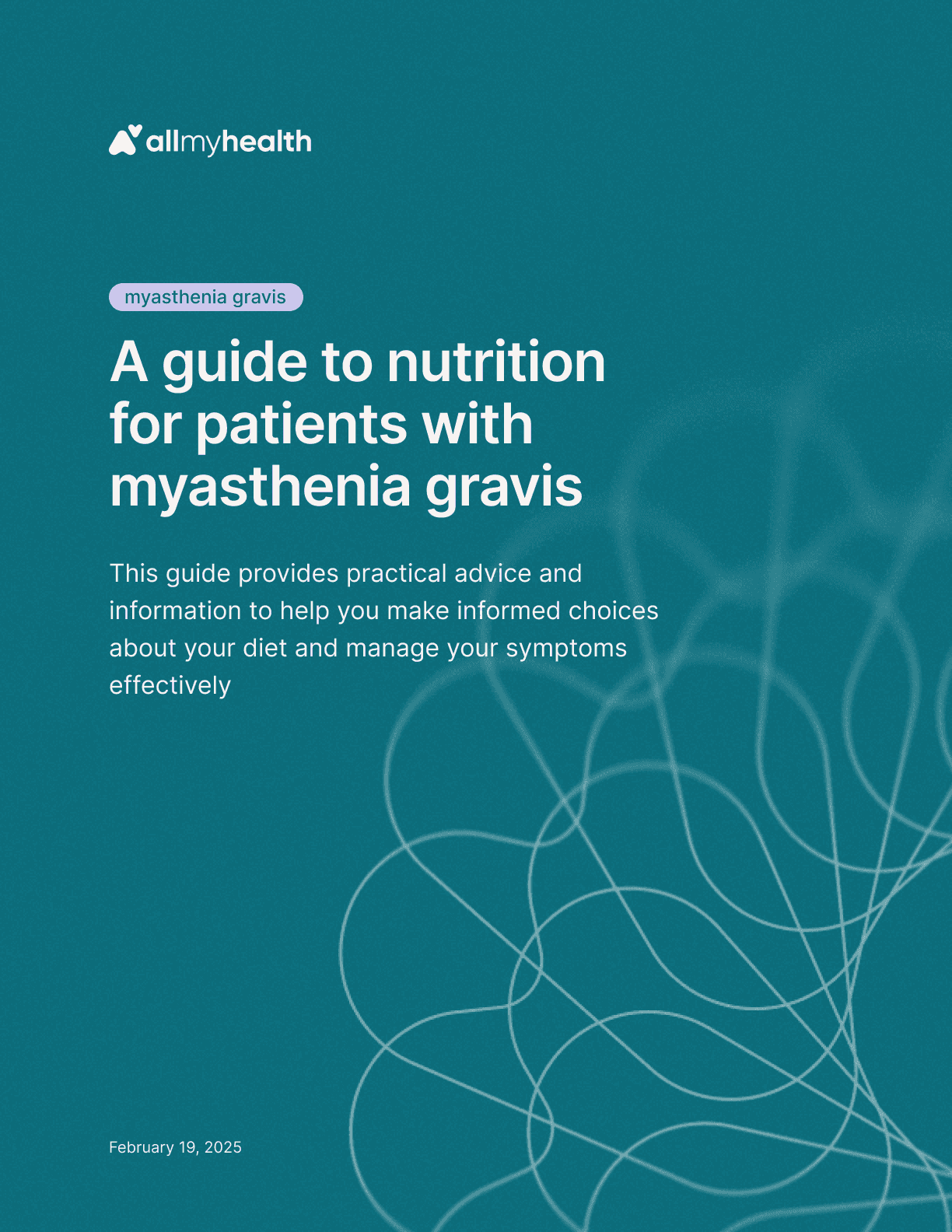
Myasthenia gravis
·
A guide to nutrition for patients with myasthenia gravis
Feb 19, 2025
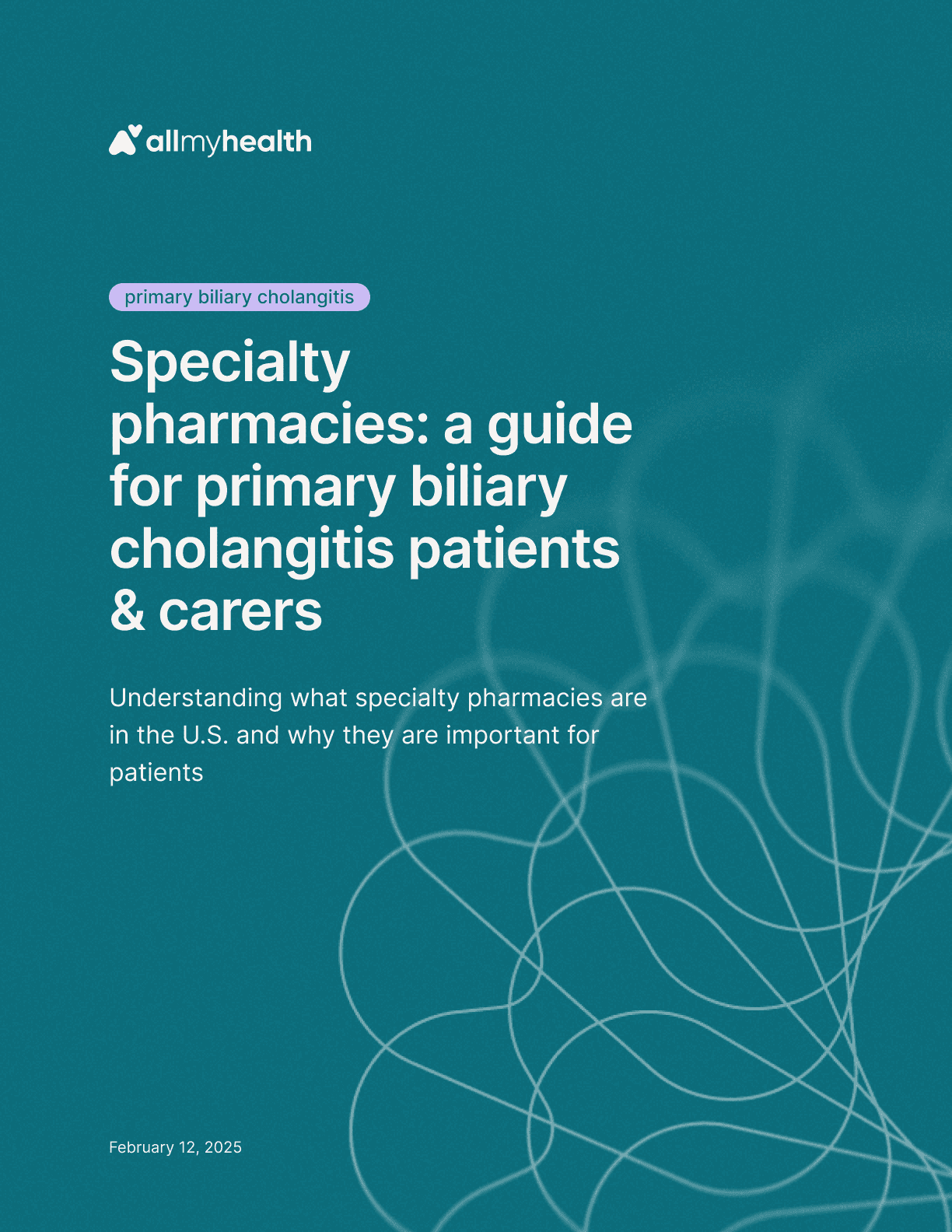
Primary biliary cholangitis
·
Specialty pharmacies: a guide for primary biliary cholangitis patients & carers
Feb 12, 2025
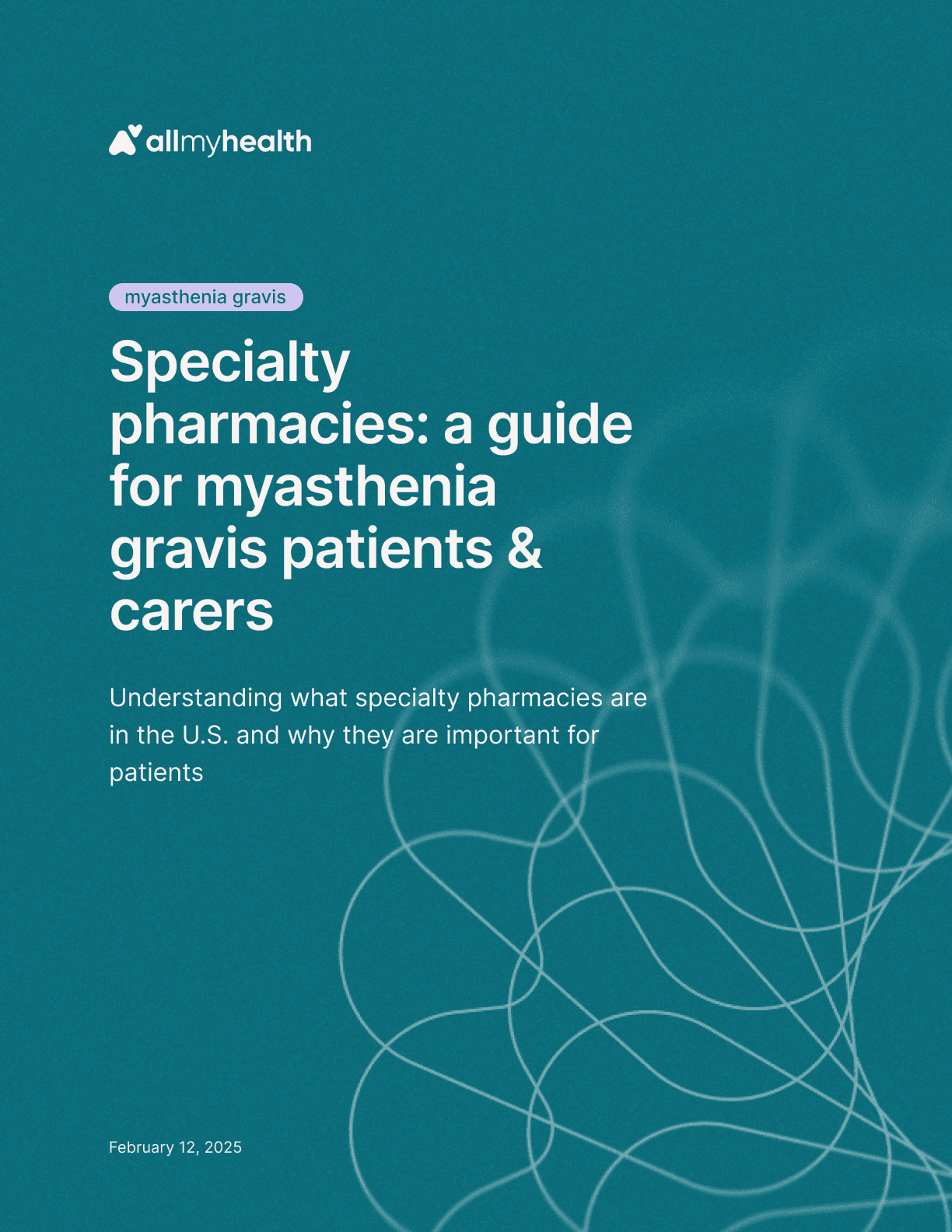
Myasthenia gravis
·
Specialty pharmacies: a guide for myasthenia gravis patients & carers
Feb 12, 2025
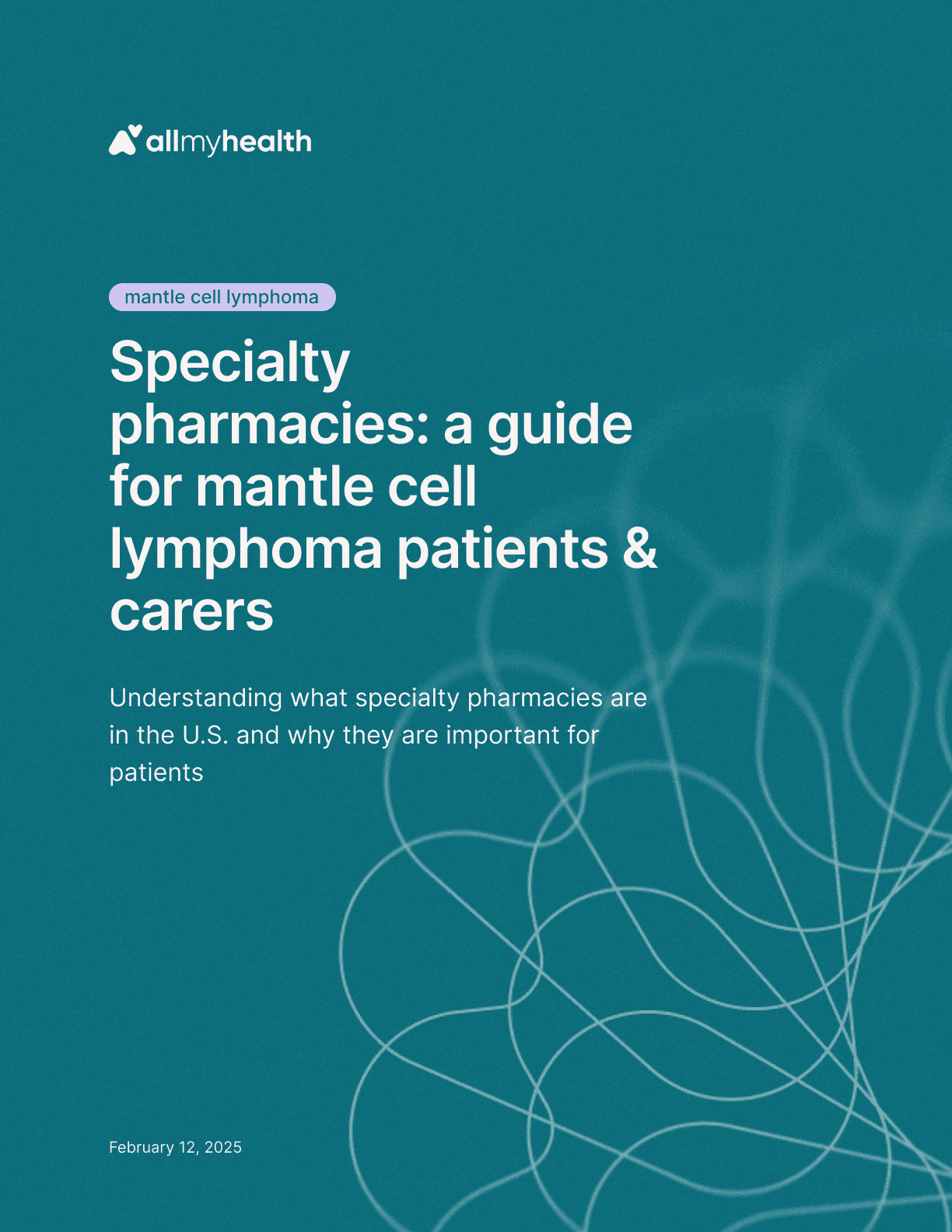
Mantle cell lymphoma
·
Specialty pharmacies: a guide for mantle cell lymphoma patients & carers
Feb 12, 2025
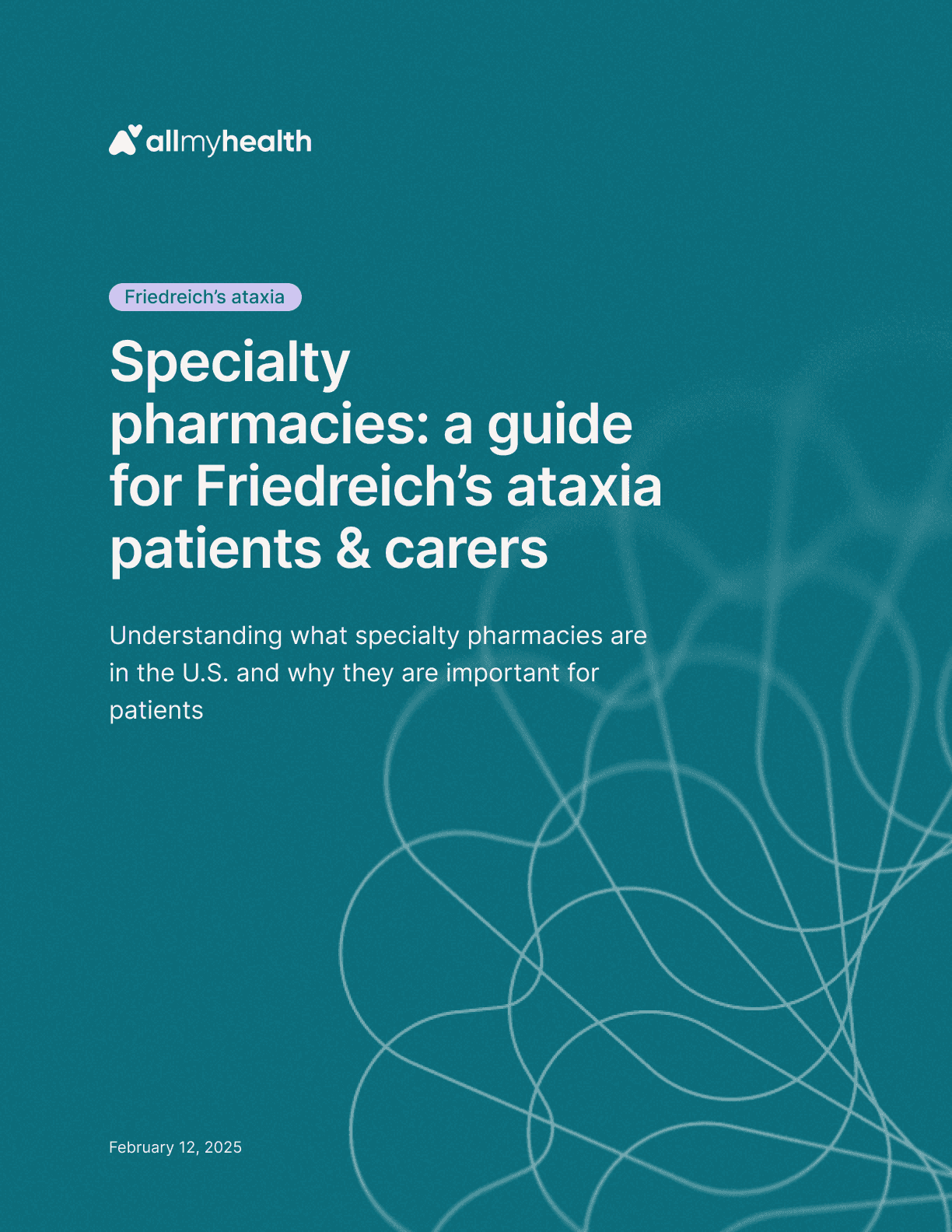
Friedreich's ataxia
·
Specialty pharmacies: a guide for Friedreich’s ataxia patients & carers
Feb 12, 2025
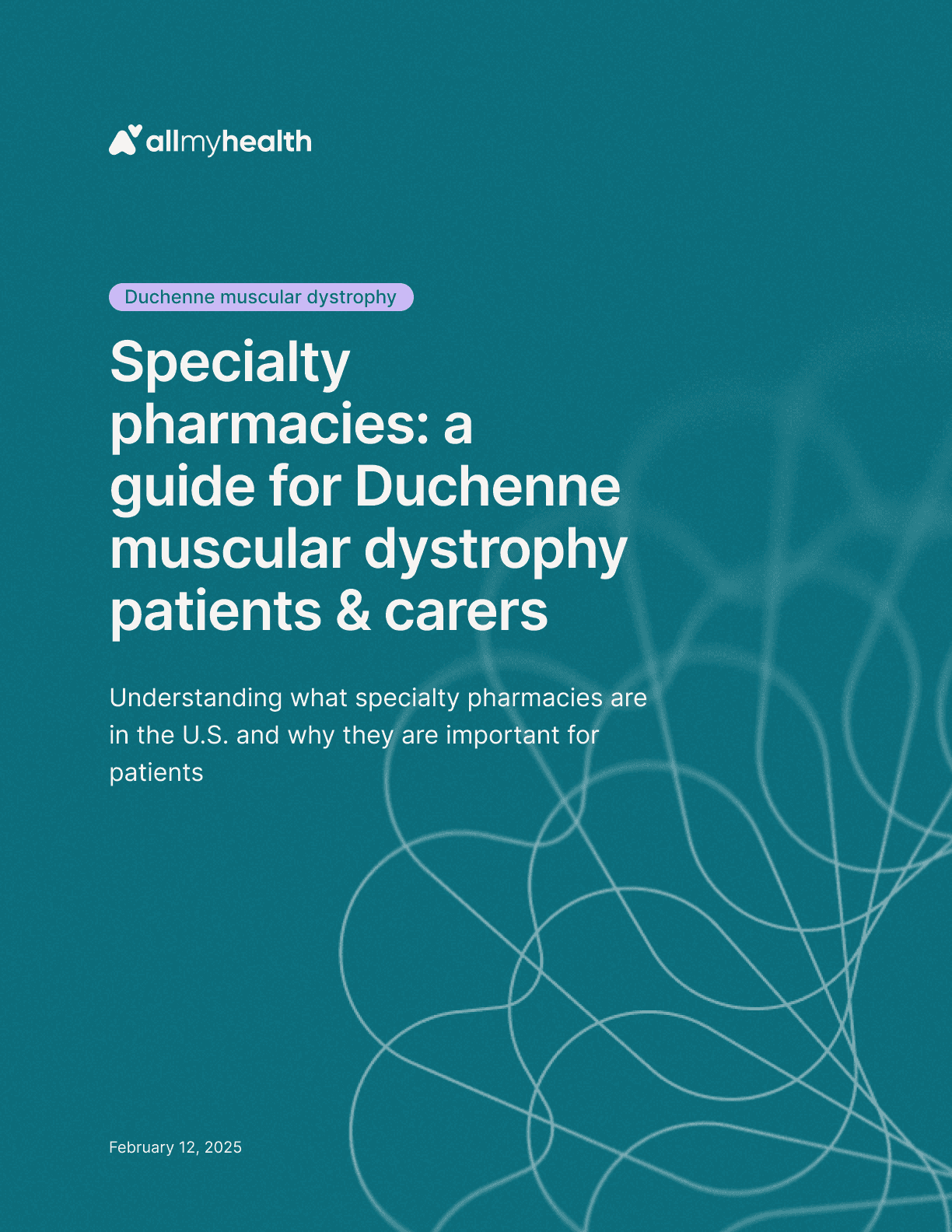
Duchenne muscular dystrophy
·
Specialty pharmacies: a guide for Duchenne muscular dystrophy patients & carers
Feb 12, 2025

Spinal muscular atrophy
·
Specialty pharmacies: a guide for SMA patients & carers
Feb 6, 2025
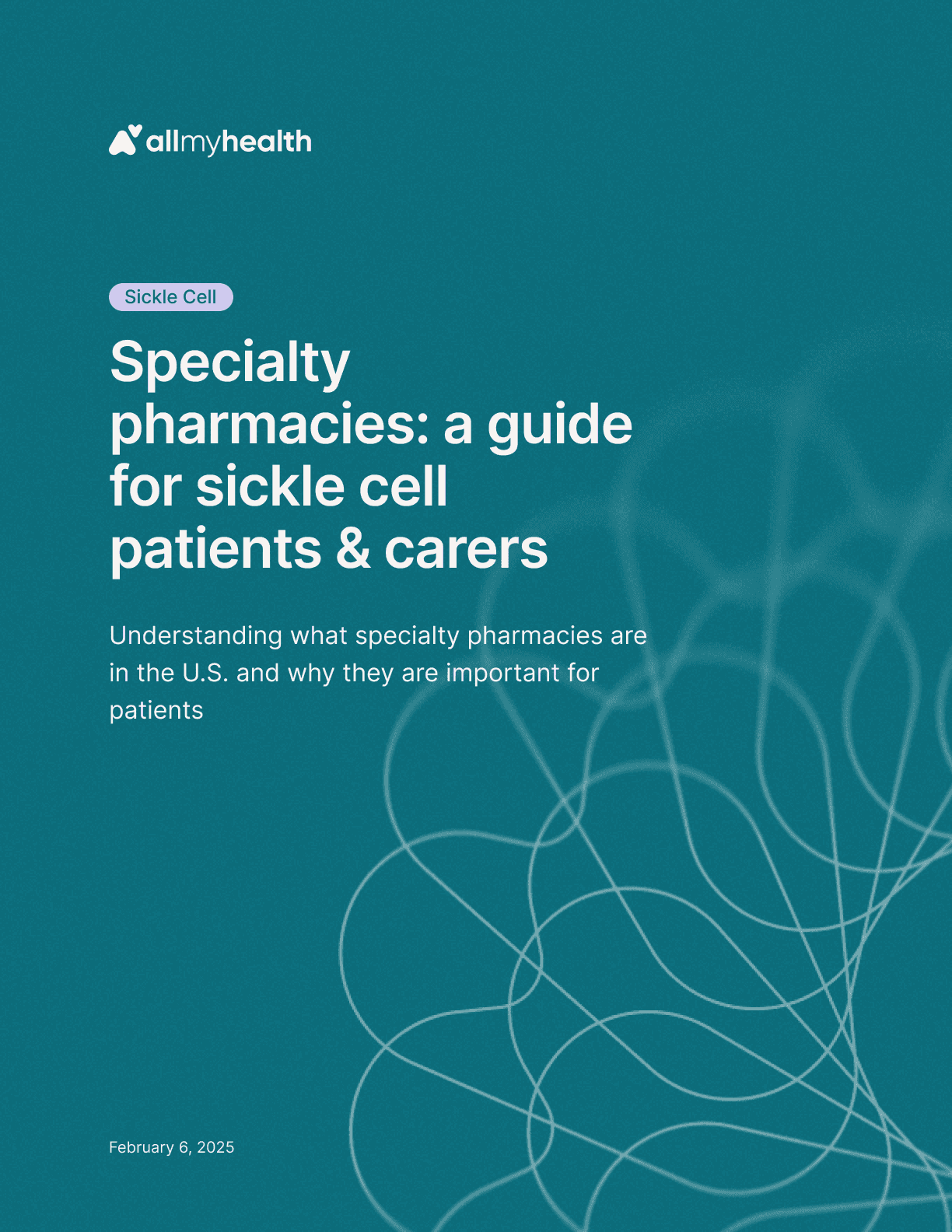
Sickle cell
·
Specialty pharmacies: a guide for sickle cell patients & carers
Feb 6, 2025
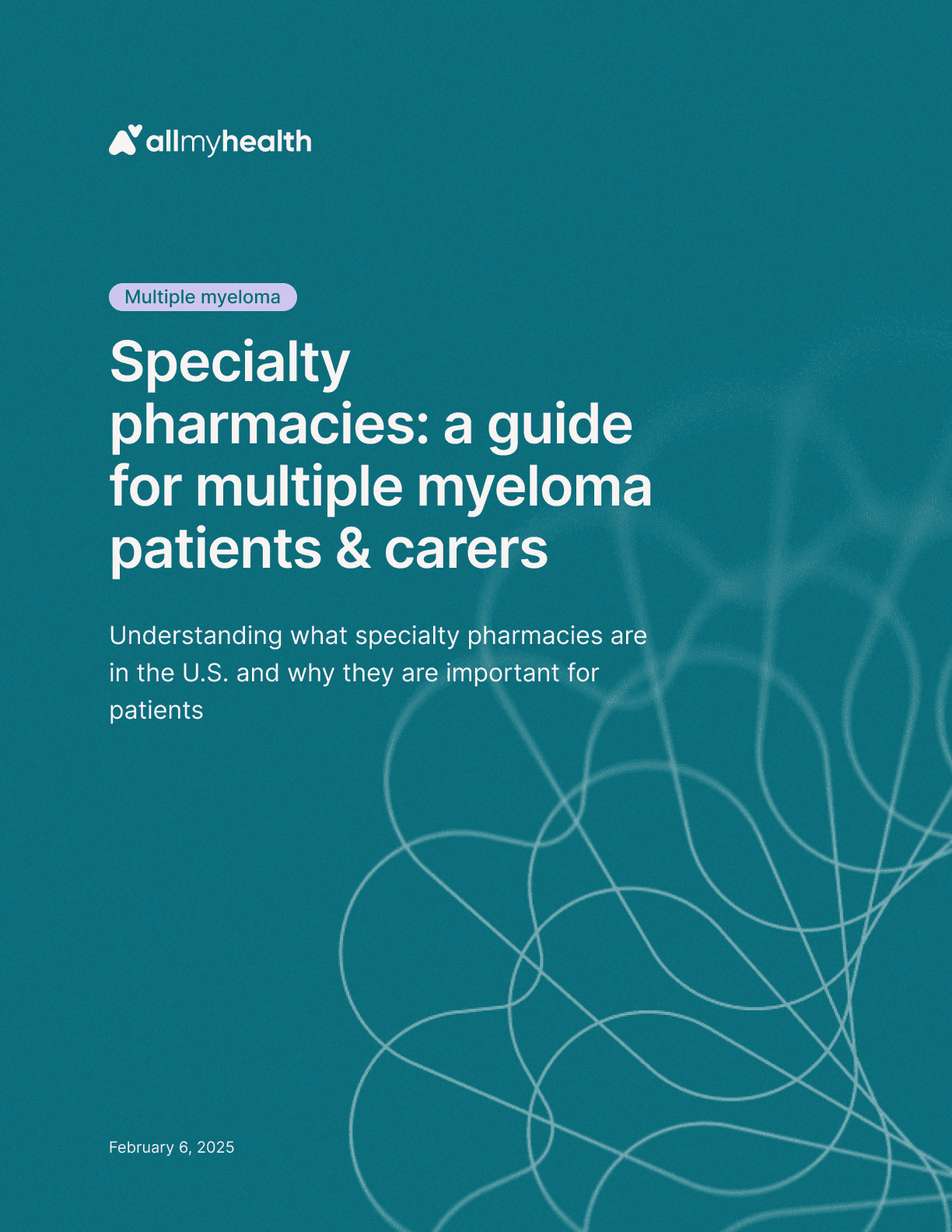
Multiple myeloma
·
Specialty pharmacies: a guide for multiple myeloma patients & carers
Feb 6, 2025
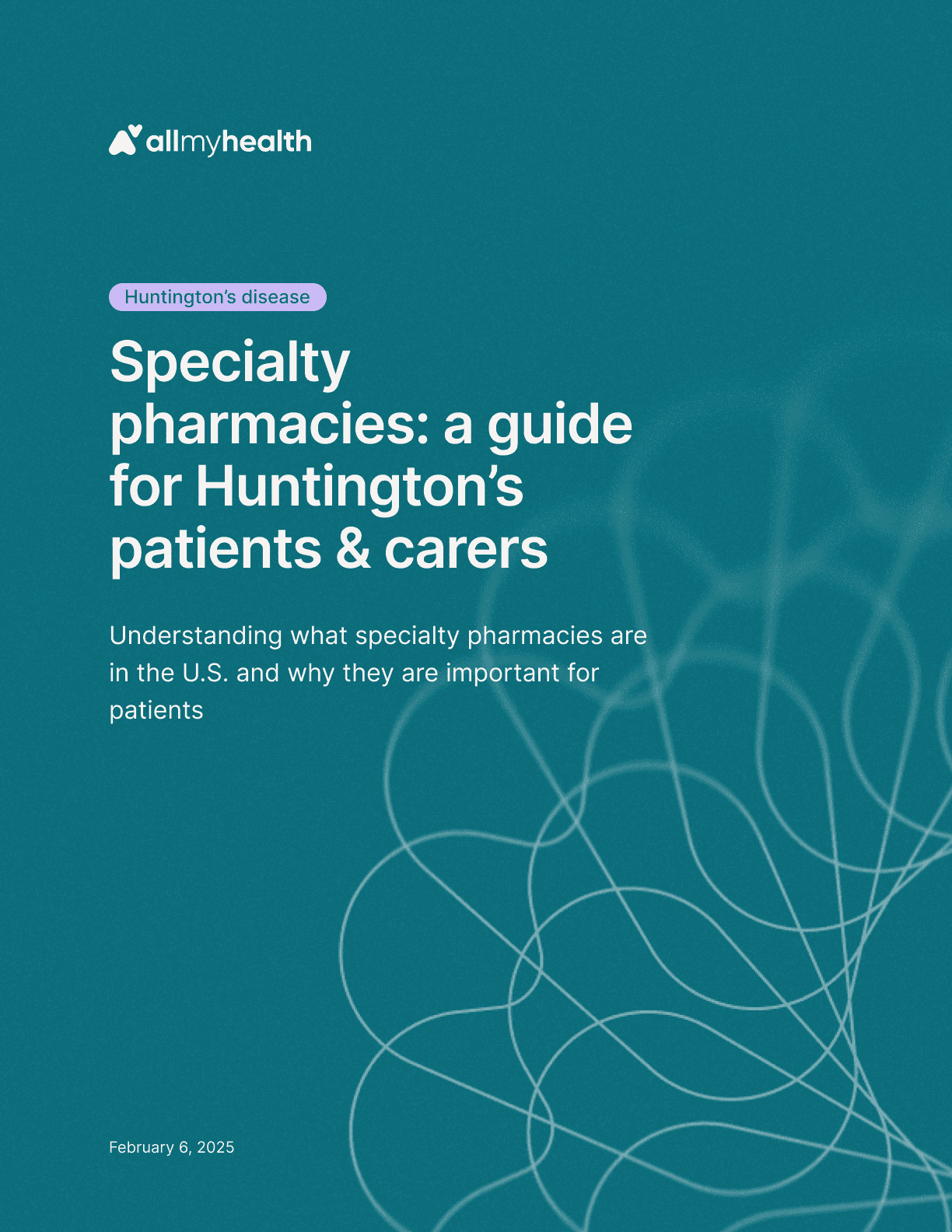
Huntington's disease
·
Specialty pharmacies: a guide for Huntington’s disease patients & carers
Feb 6, 2025
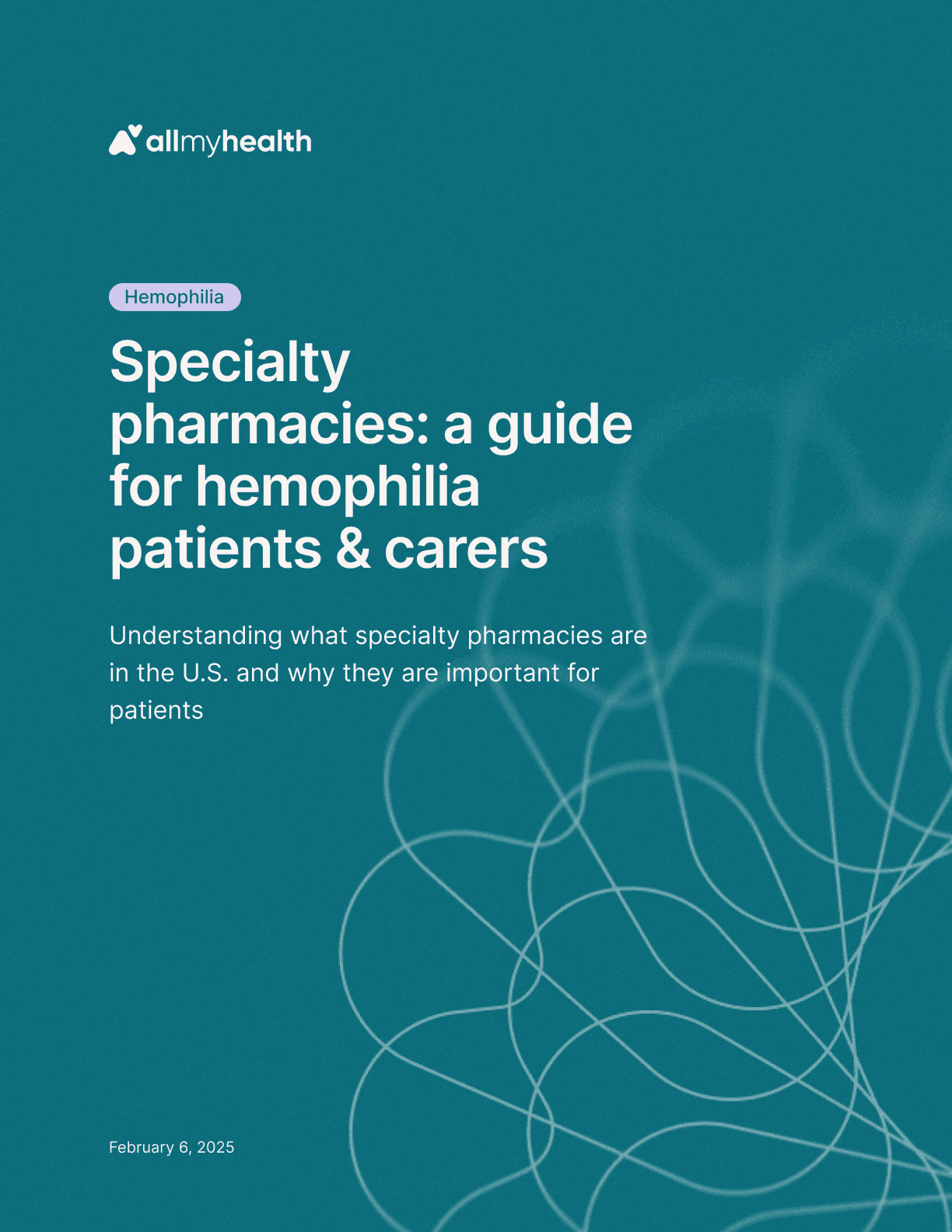
Hemophilia
·
Specialty pharmacies: a guide for hemophilia patients & carers
Feb 6, 2025

Amyotrophic lateral sclerosis
·
Specialty pharmacies: a guide for ALS patients & carers
Feb 6, 2025
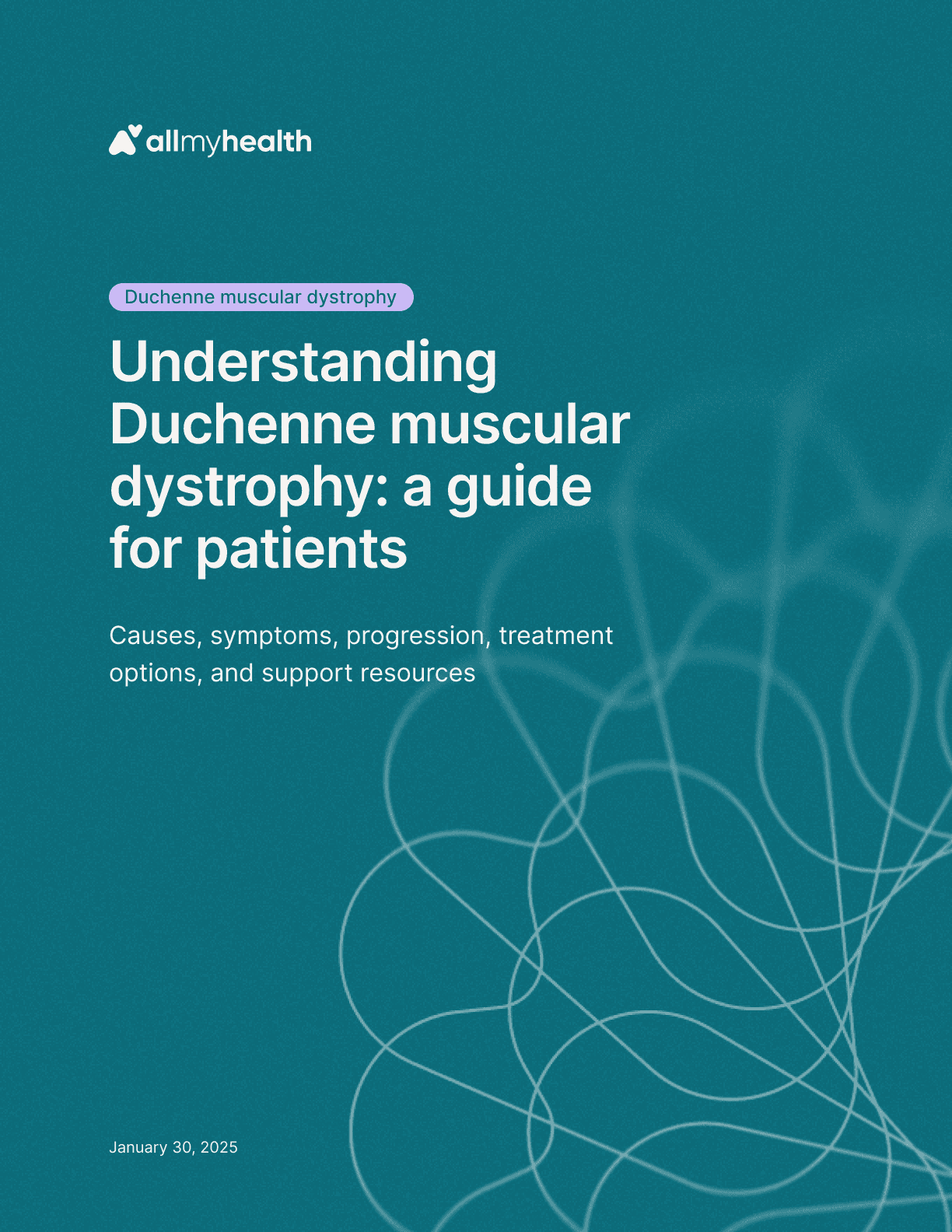
Duchenne muscular dystrophy
·
Understanding Duchenne muscular dystrophy: a guide for patients
Jan 30, 2025
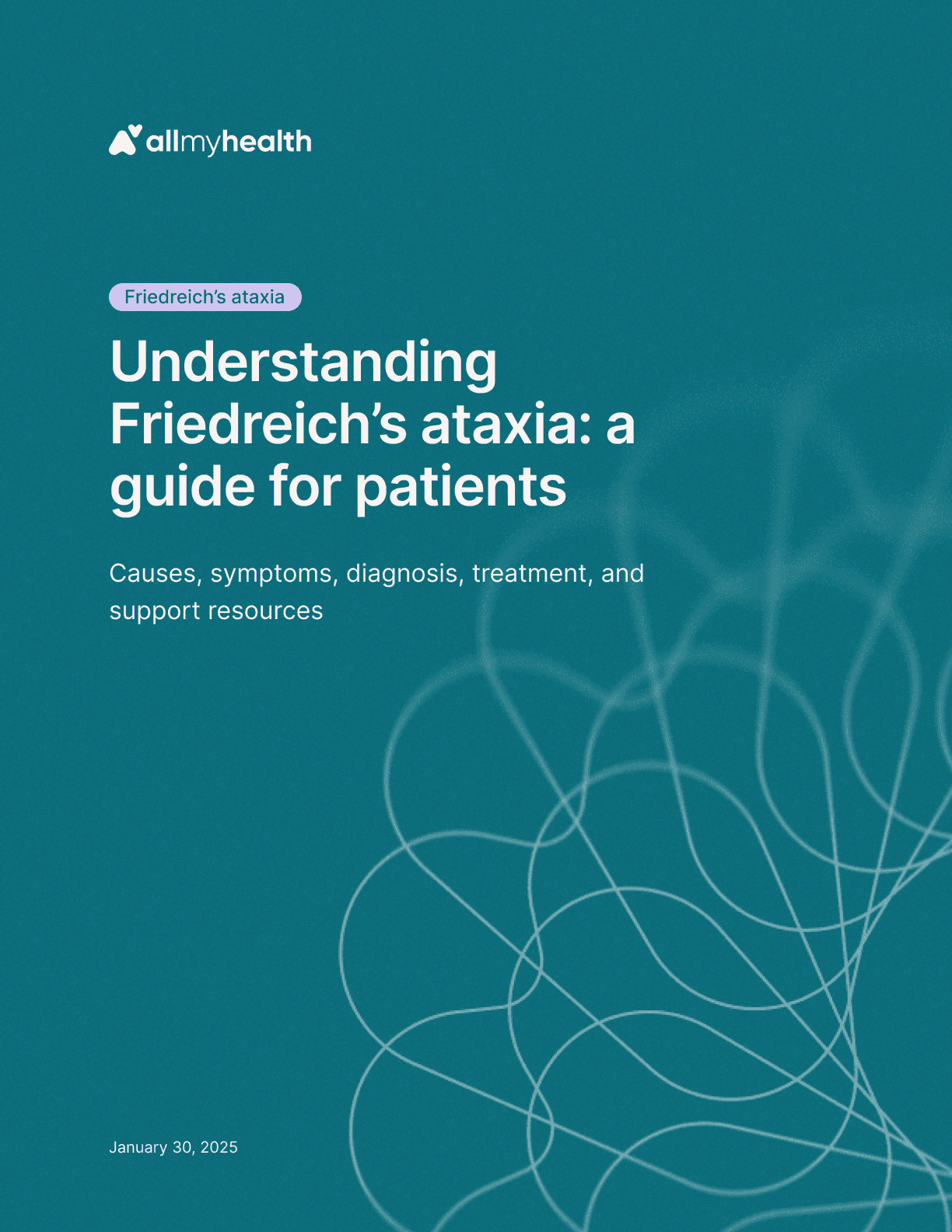
Friedreich's ataxia
·
Understanding Friedreich's ataxia: a guide for patients
Jan 30, 2025

Hemophilia
·
Understanding hemophilia: a guide for patients
Jan 30, 2025
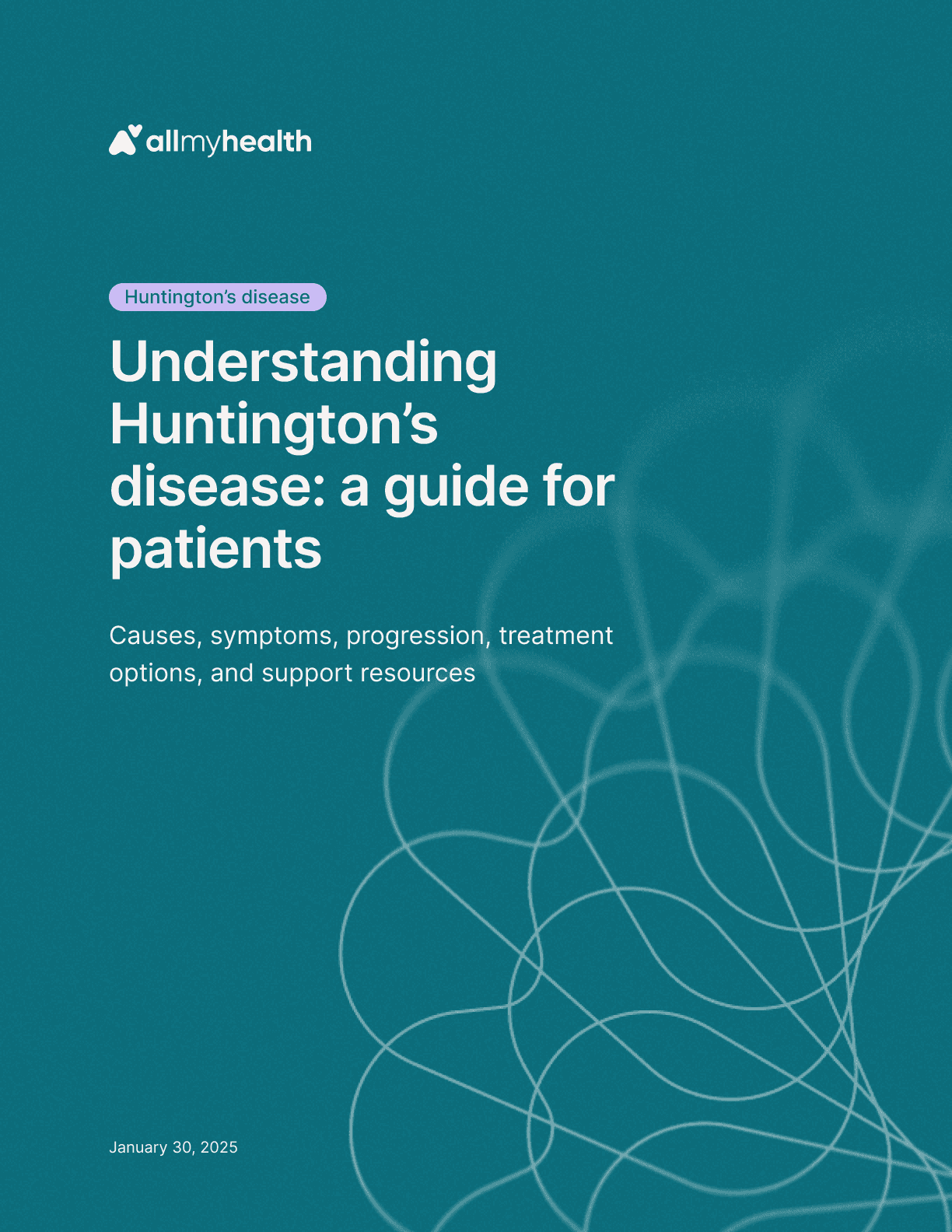
Huntington's disease
·
Understanding Huntington’s disease: a guide for patients
Jan 30, 2025
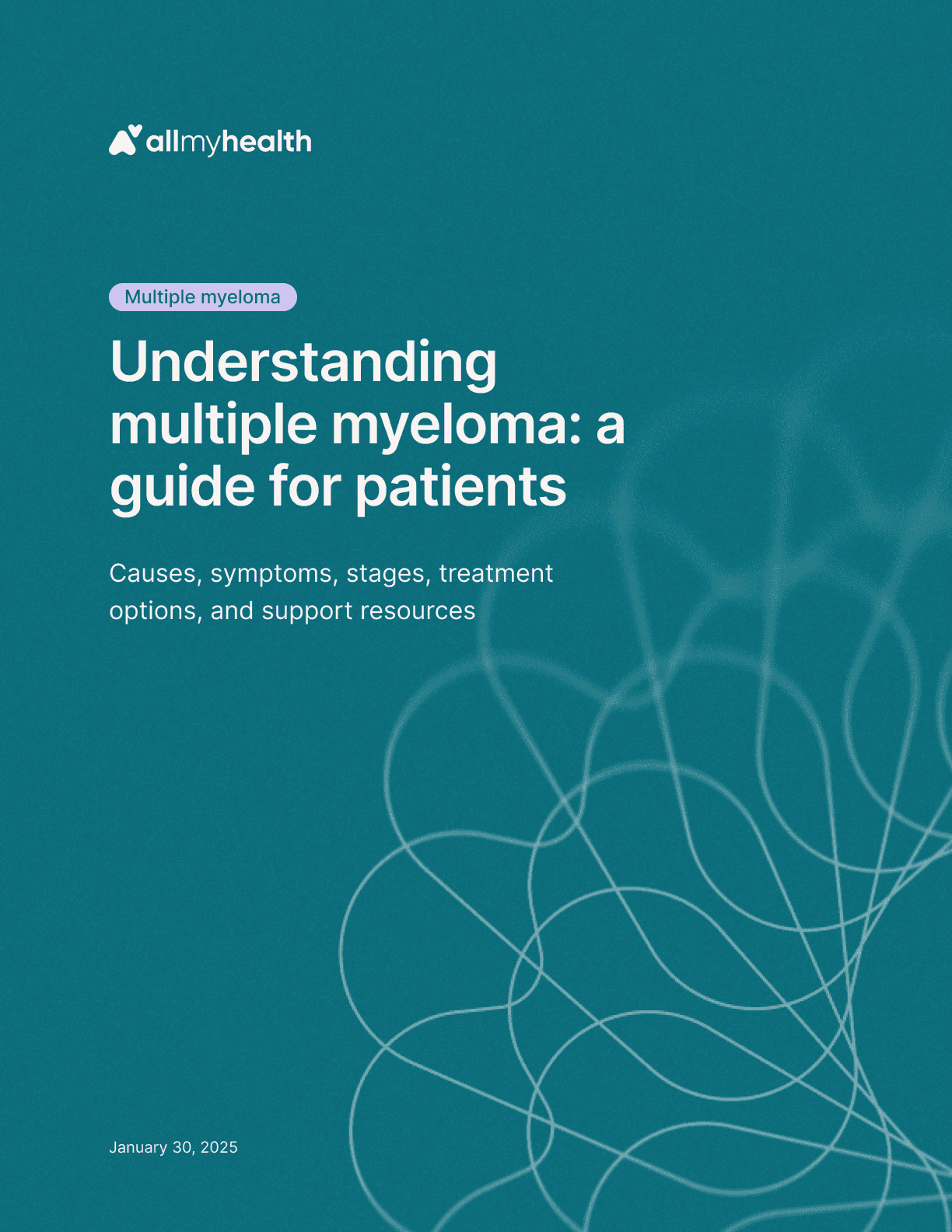
Multiple myeloma
·
Understanding multiple myeloma: a guide for patients
Jan 30, 2025

Primary biliary cholangitis
·
Understanding primary biliary cholangitis: a guide for patients
Jan 30, 2025

Amyotrophic lateral sclerosis
·
Understanding amyotrophic lateral sclerosis: a guide for patients
Jan 23, 2025
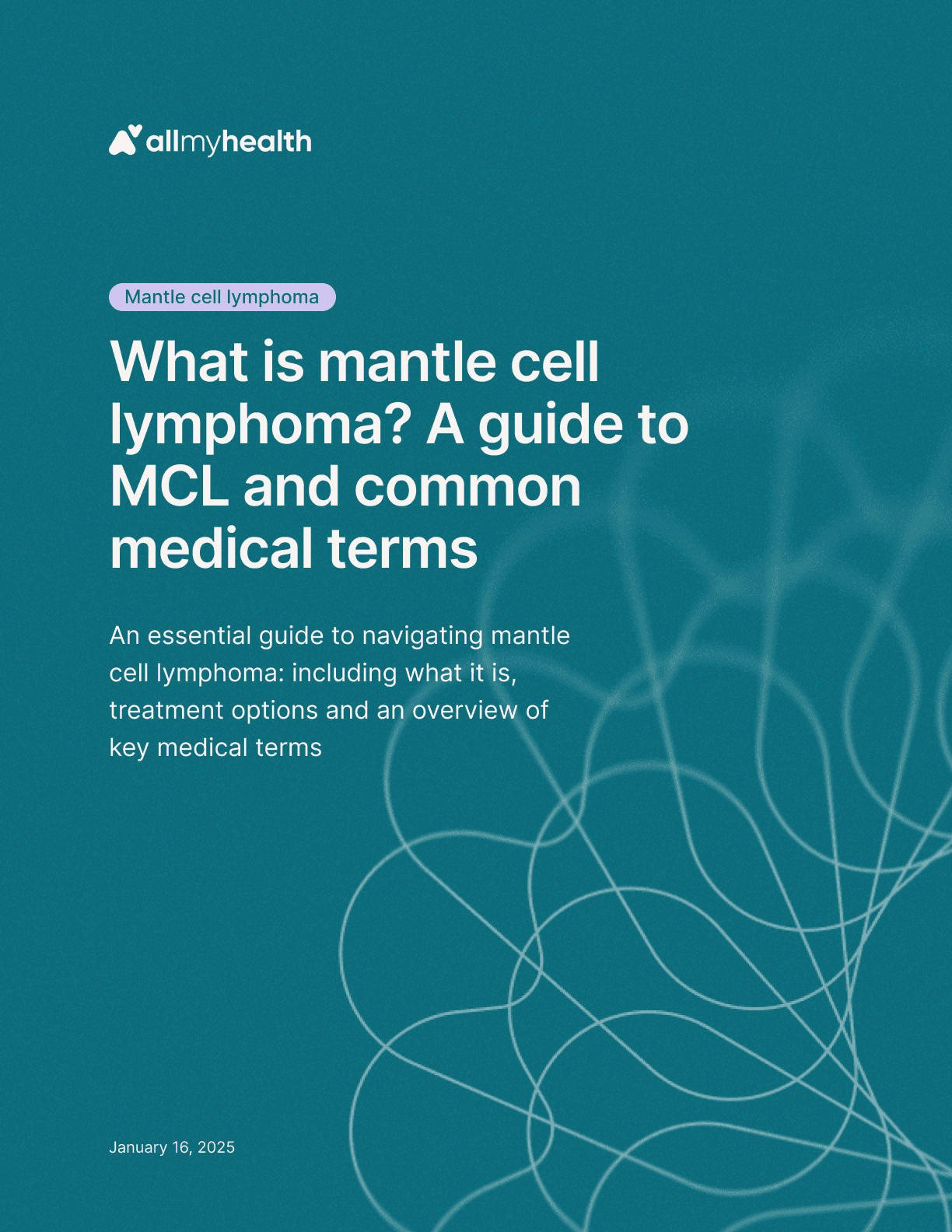
Mantle cell lymphoma
·
What is mantle cell lymphoma? A guide to MCL and common medical terms
Jan 23, 2025
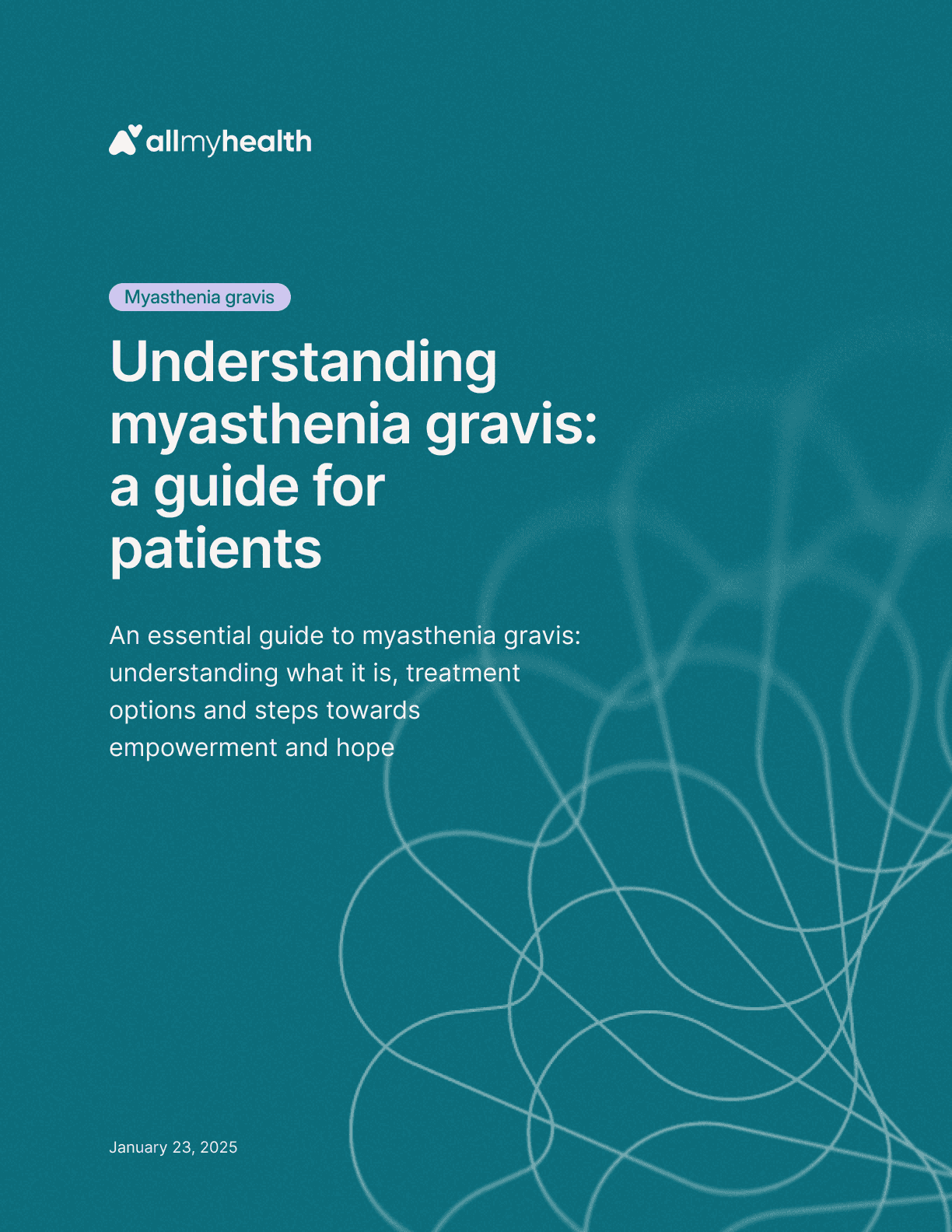
Myasthenia gravis
·
Understanding myasthenia gravis: a guide for patients
Jan 23, 2025
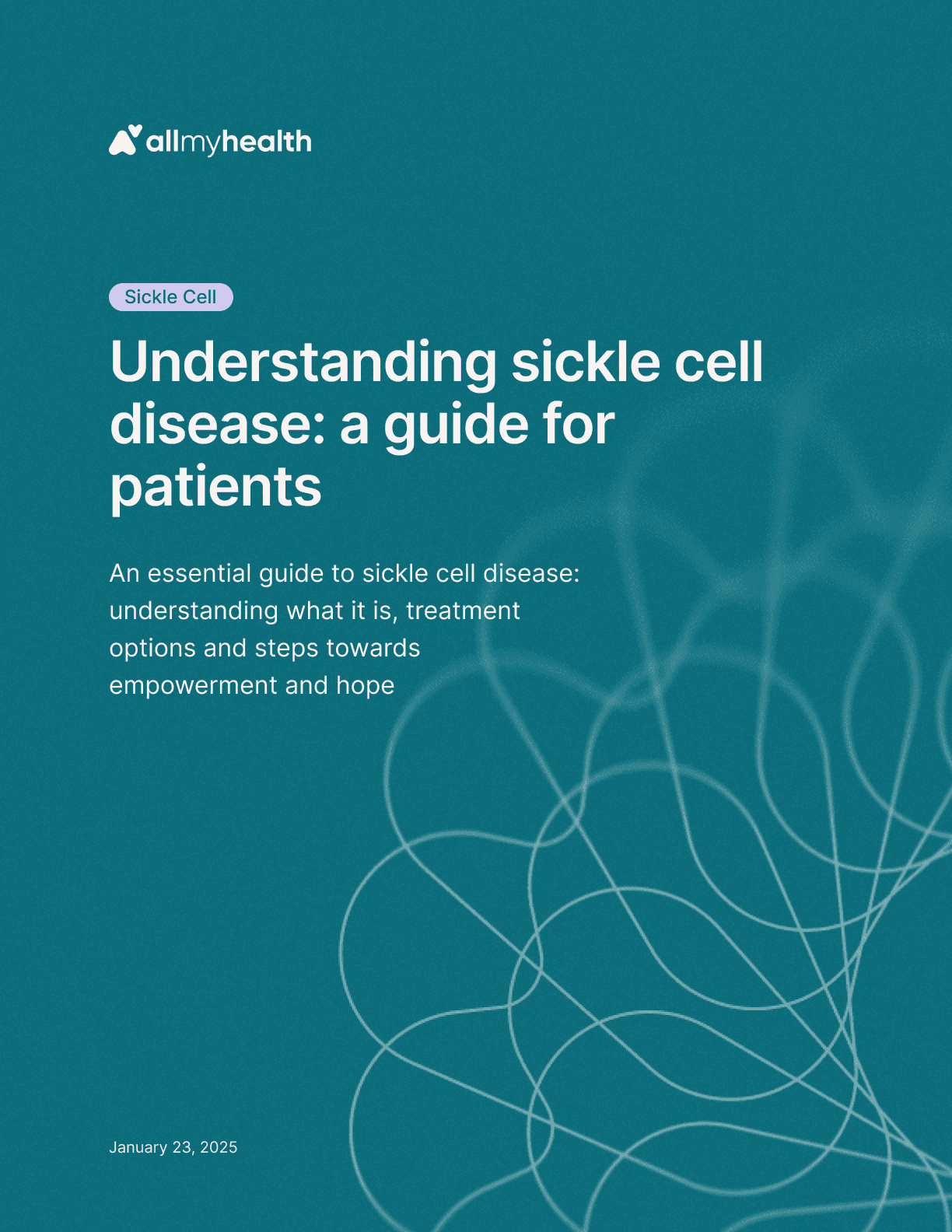
Sickle cell
·
Understanding sickle cell disease: a guide for patients
Jan 23, 2025

Primary biliary cholangitis
·
Exploring financial assistance options for primary biliary cholangitis treatment in the U.S.
Jan 17, 2025
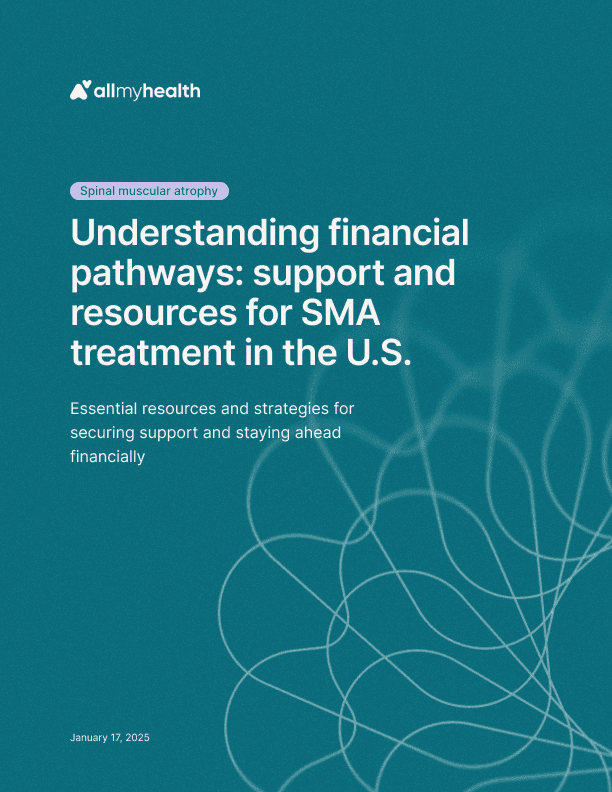
Spinal muscular atrophy
·
Understanding financial pathways: support and resources for SMA treatment in the U.S.
Jan 17, 2025

Duchenne muscular dystrophy
·
Financial strategies for muscular dystrophy in the U.S.
Jan 17, 2025

Hemophilia
·
Navigating financial assistance for hemophilia treatment in the U.S.
Jan 17, 2025
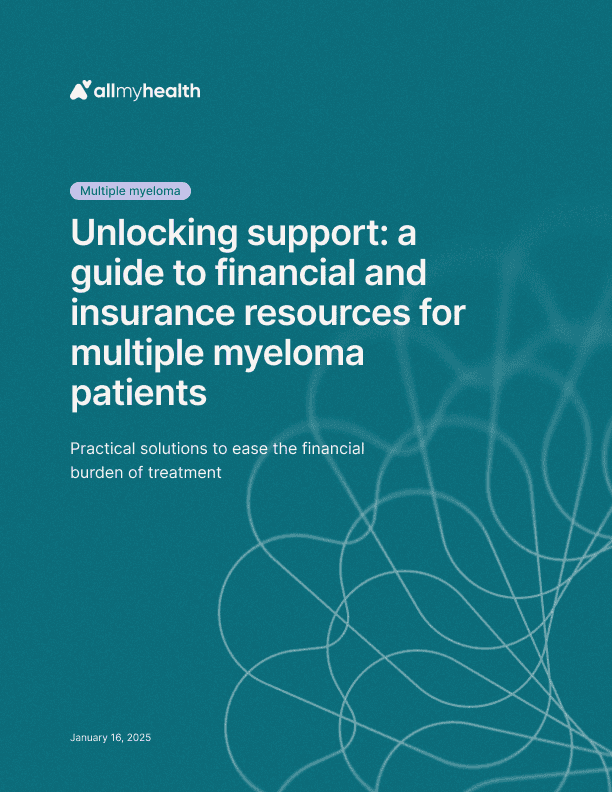
Multiple myeloma
·
Unlocking support: a guide to financial and insurance resources for multiple myeloma patients
Jan 17, 2025

Friedreich's ataxia
·
Navigating Friedreich’s ataxia in the U.S.: a practical guide to support and financial planning
Jan 17, 2025
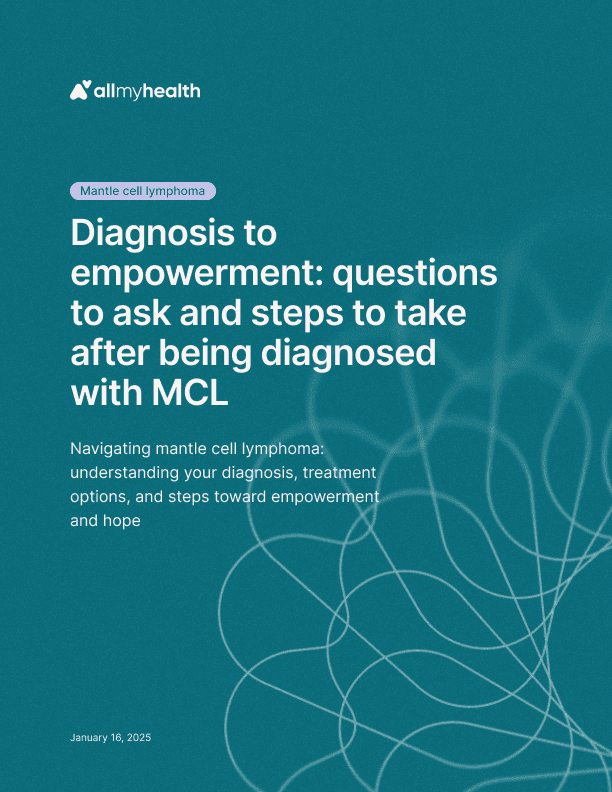
Mantle cell lymphoma
·
Diagnosis to empowerment: questions to ask and steps to take after being diagnosed with MCL
Jan 16, 2025
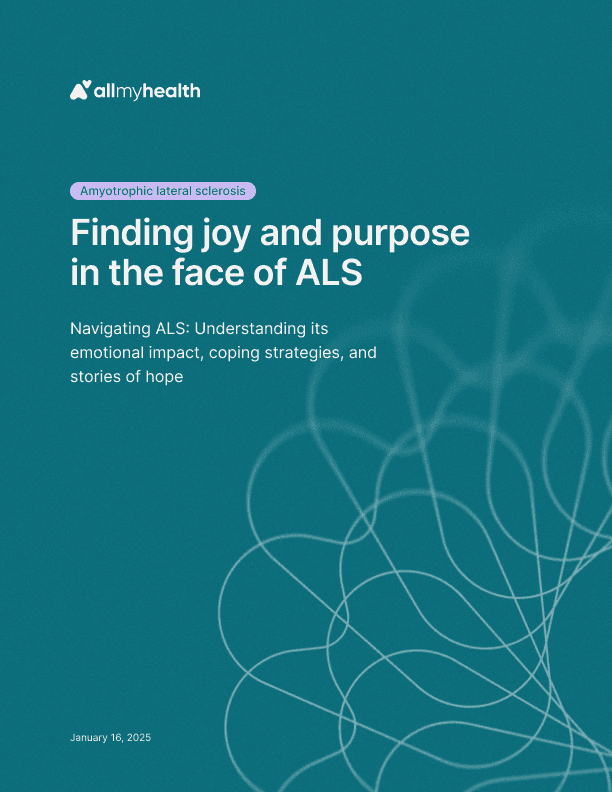
Amyotrophic lateral sclerosis
·
Finding joy and purpose in the face of ALS
Jan 16, 2025
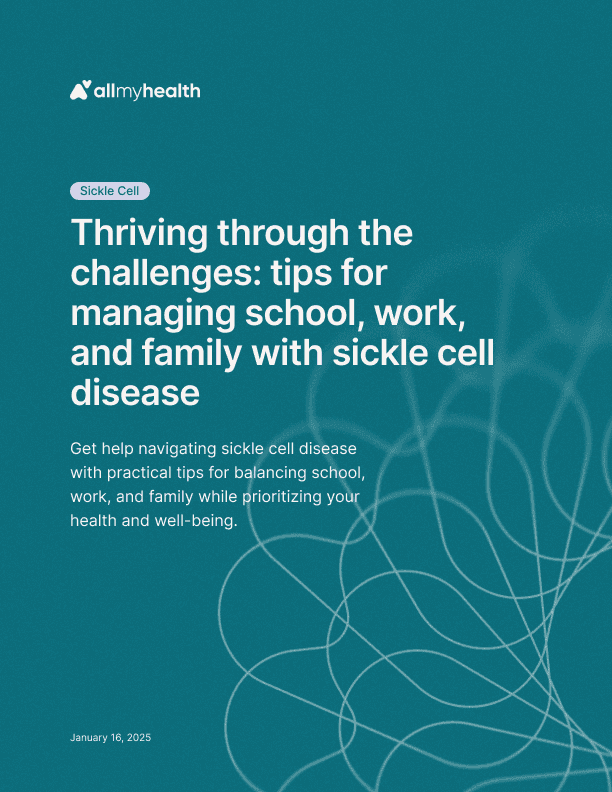
Sickle cell
·
Thriving through the challenges: tips for managing school, work, and family with sickle cell disease
Jan 16, 2025
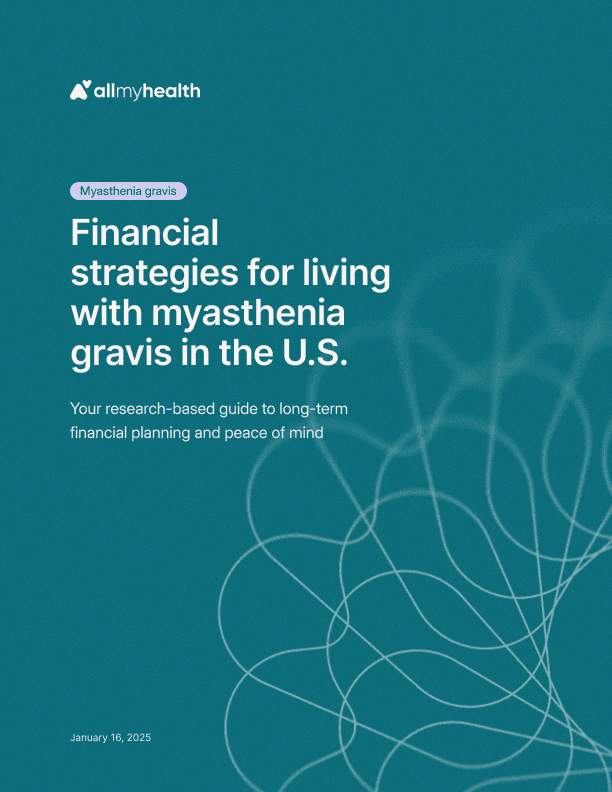
Myasthenia gravis
·
Financial strategies for living with myasthenia gravis in the U.S.: a guide to long-term planning
Jan 16, 2025